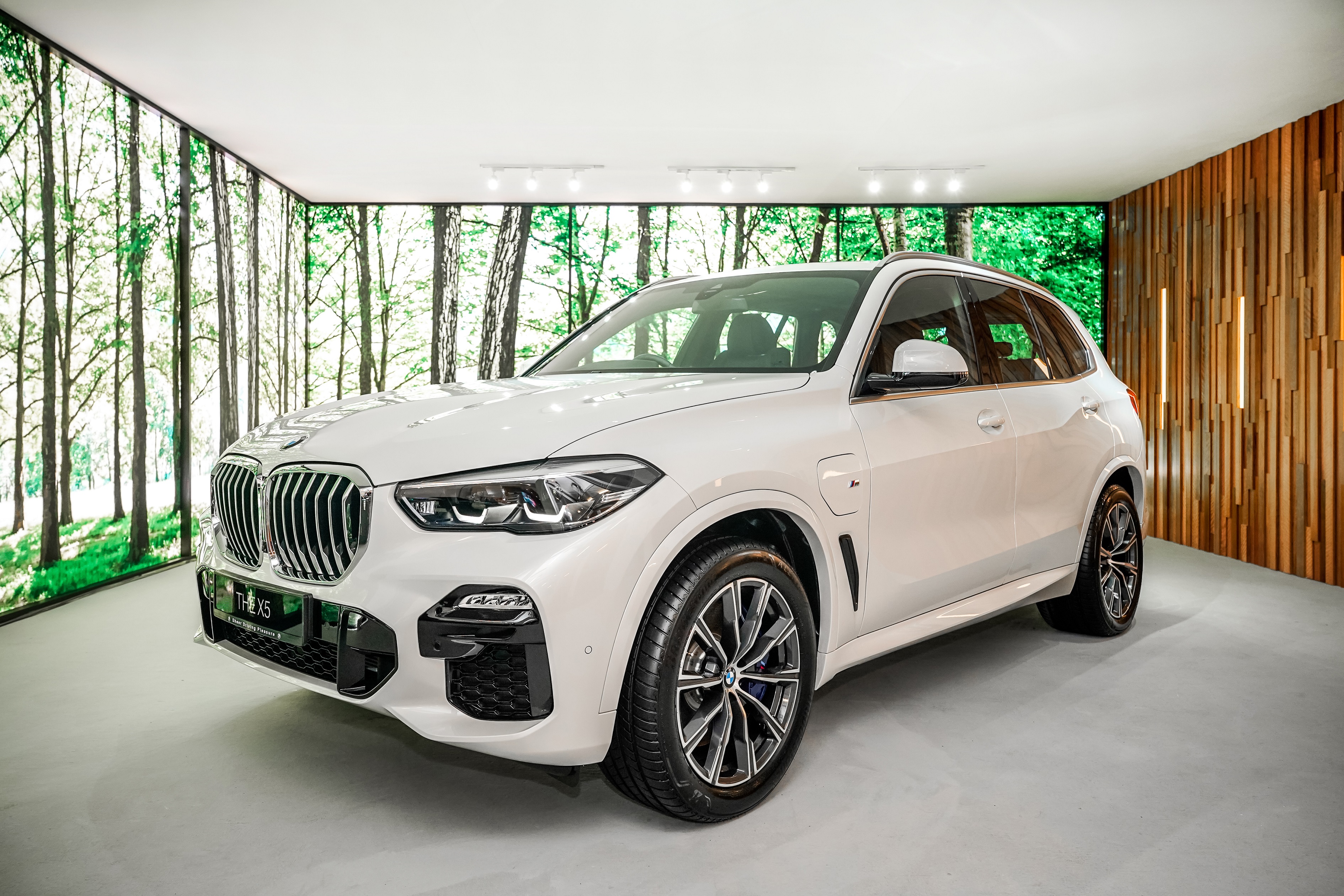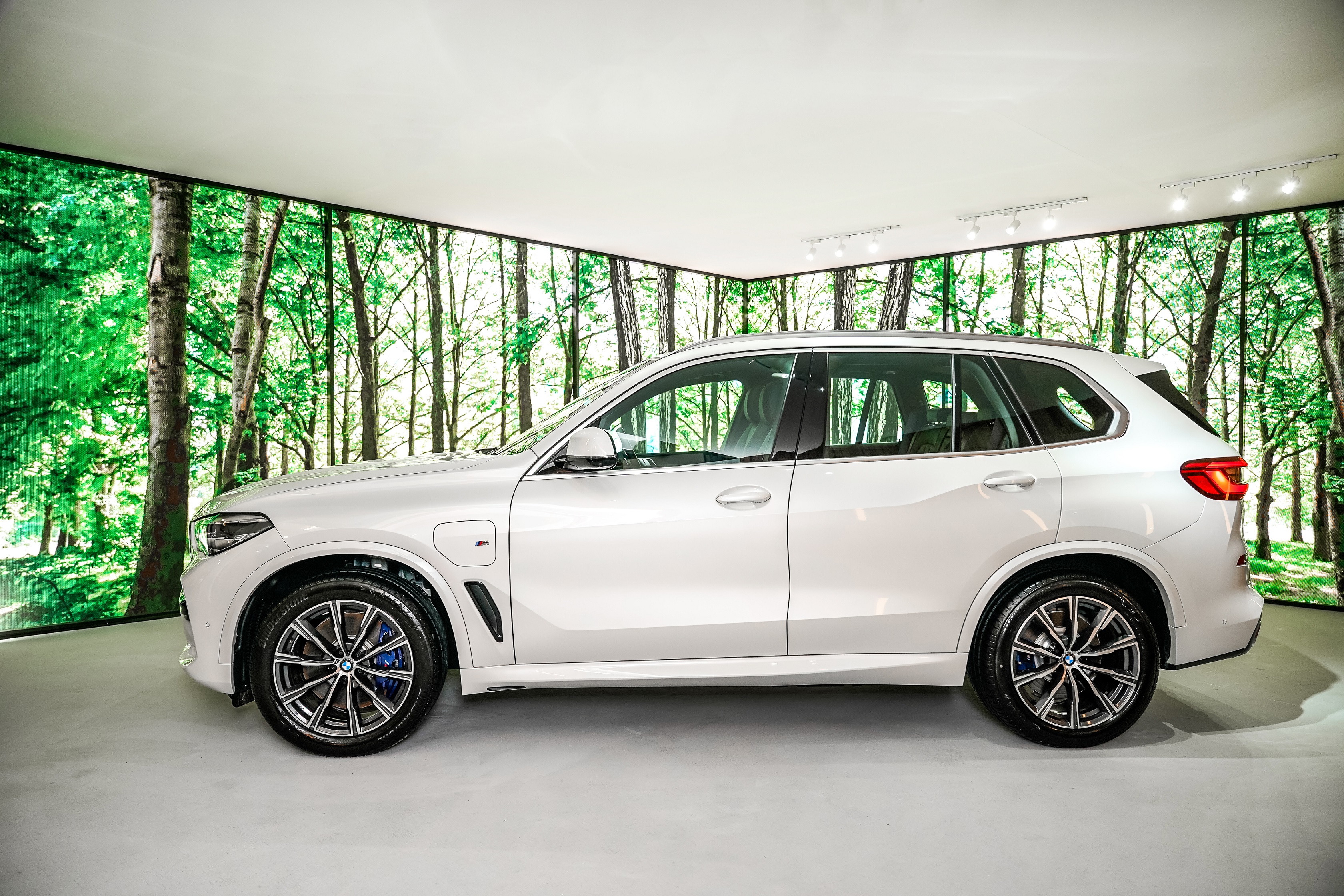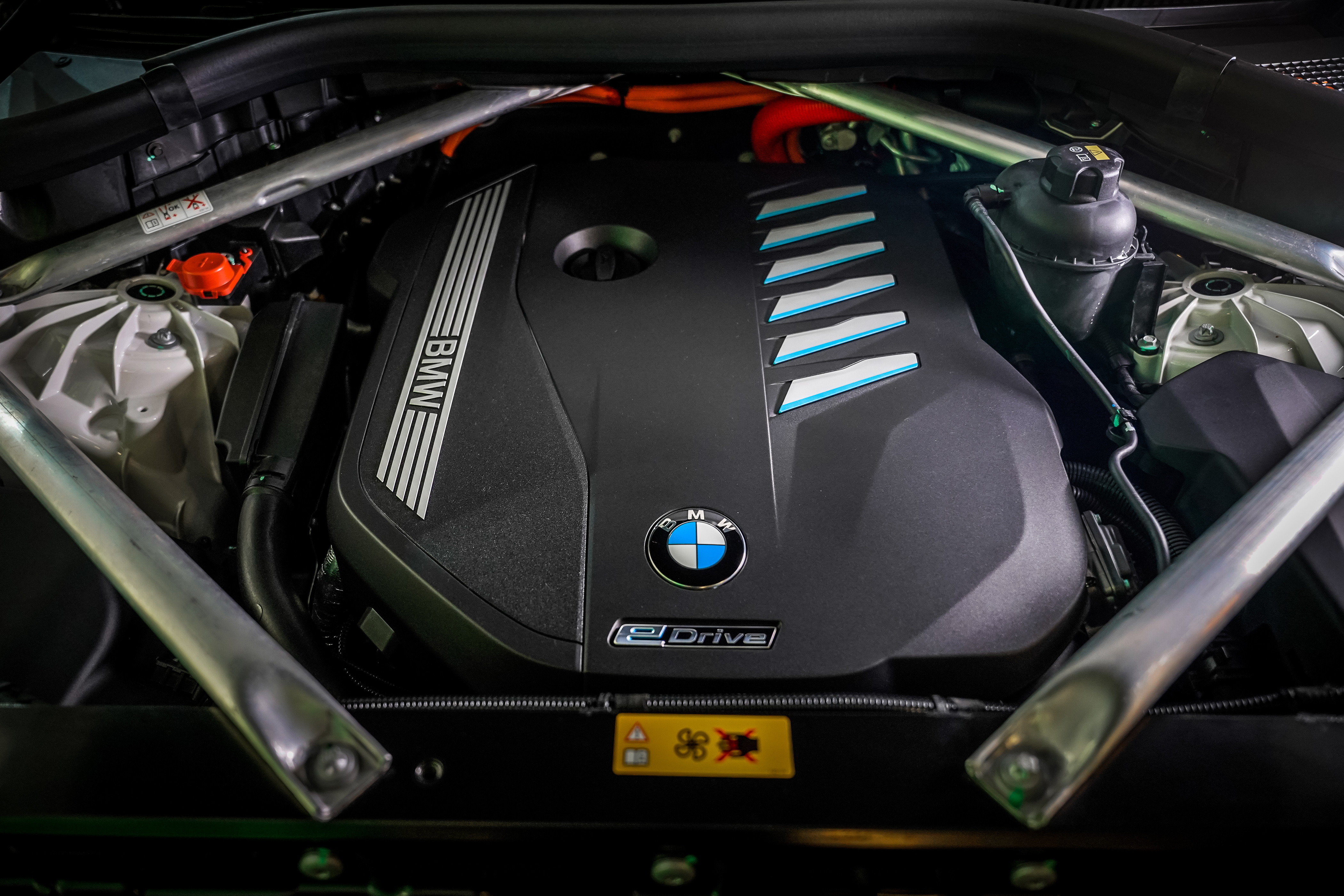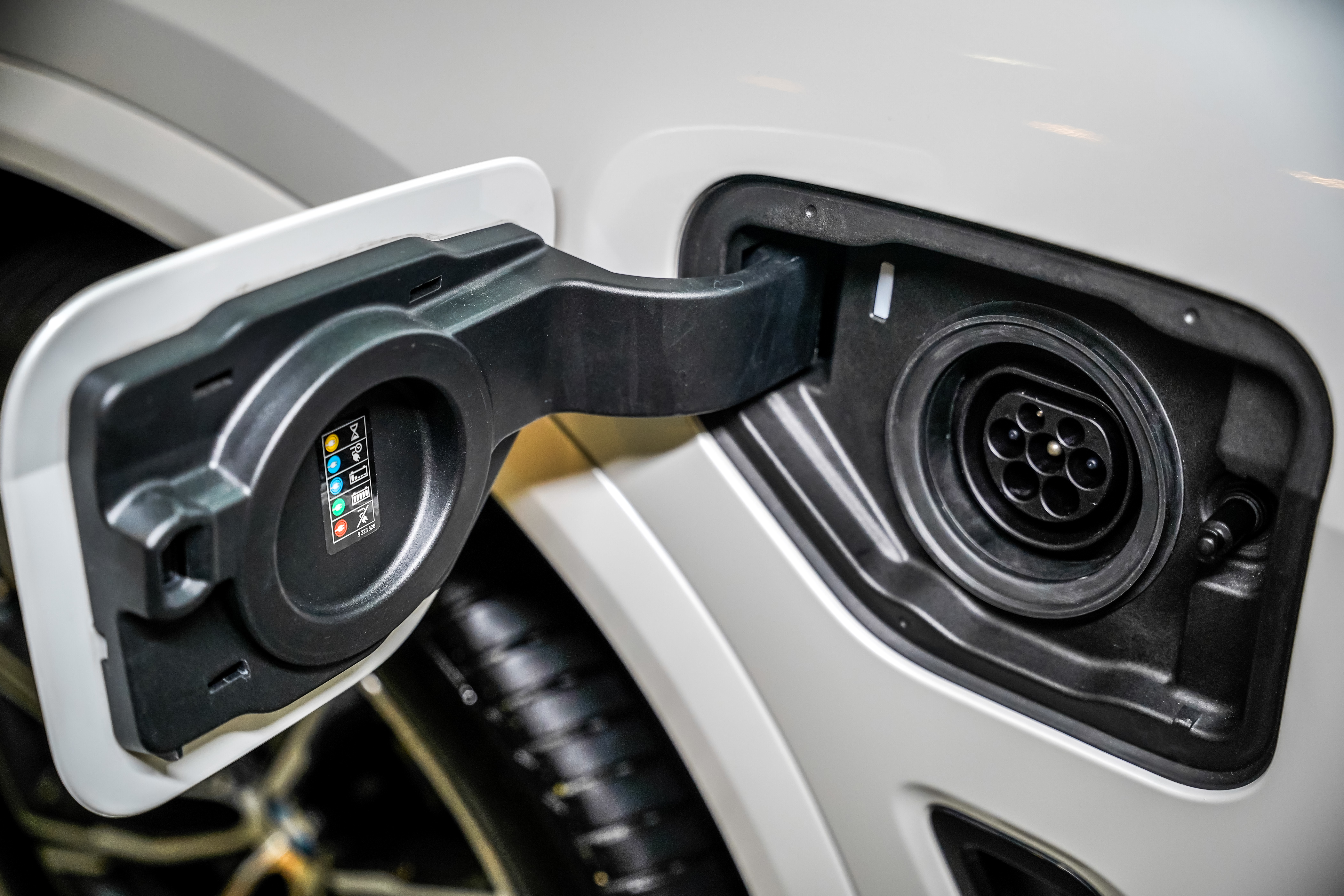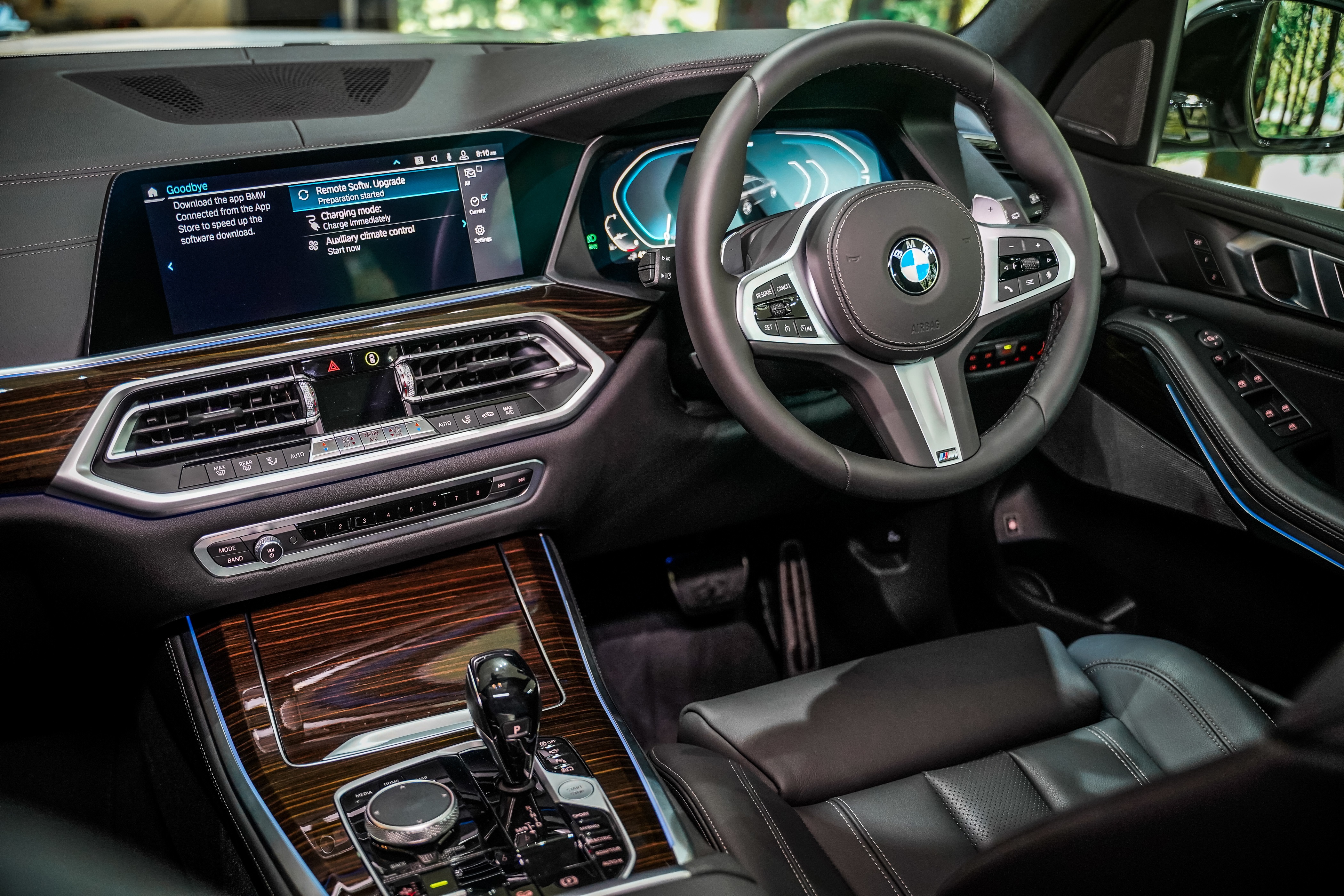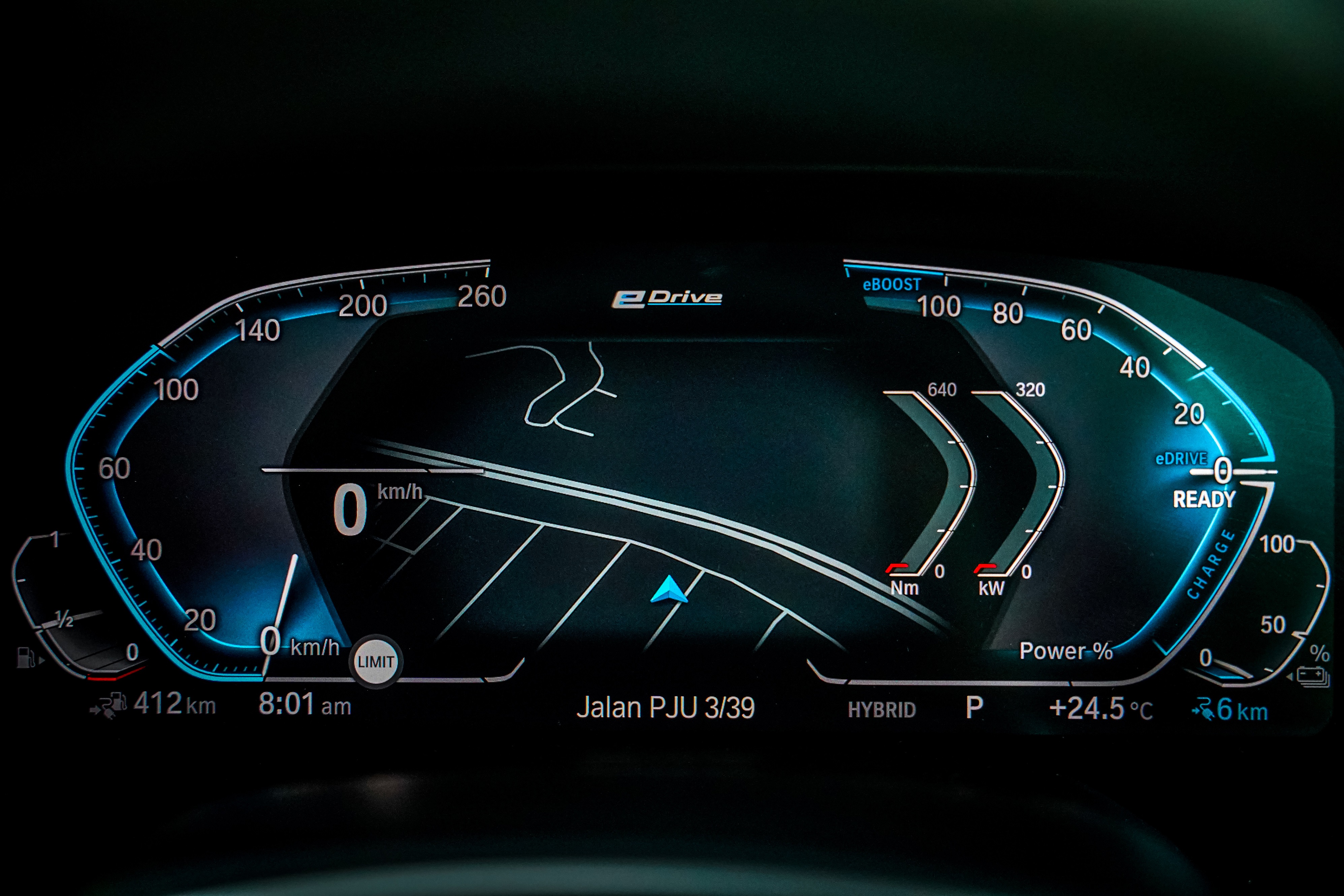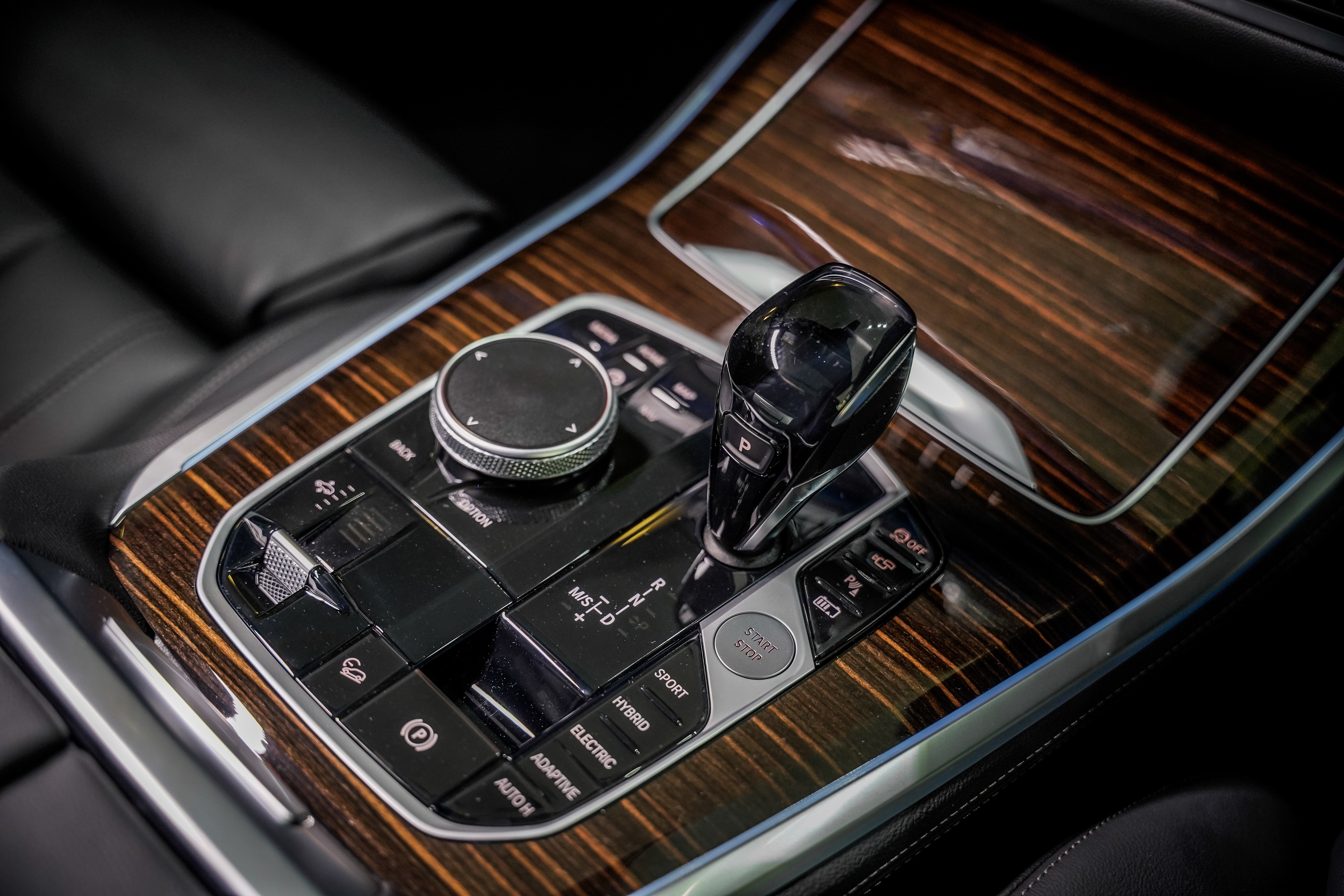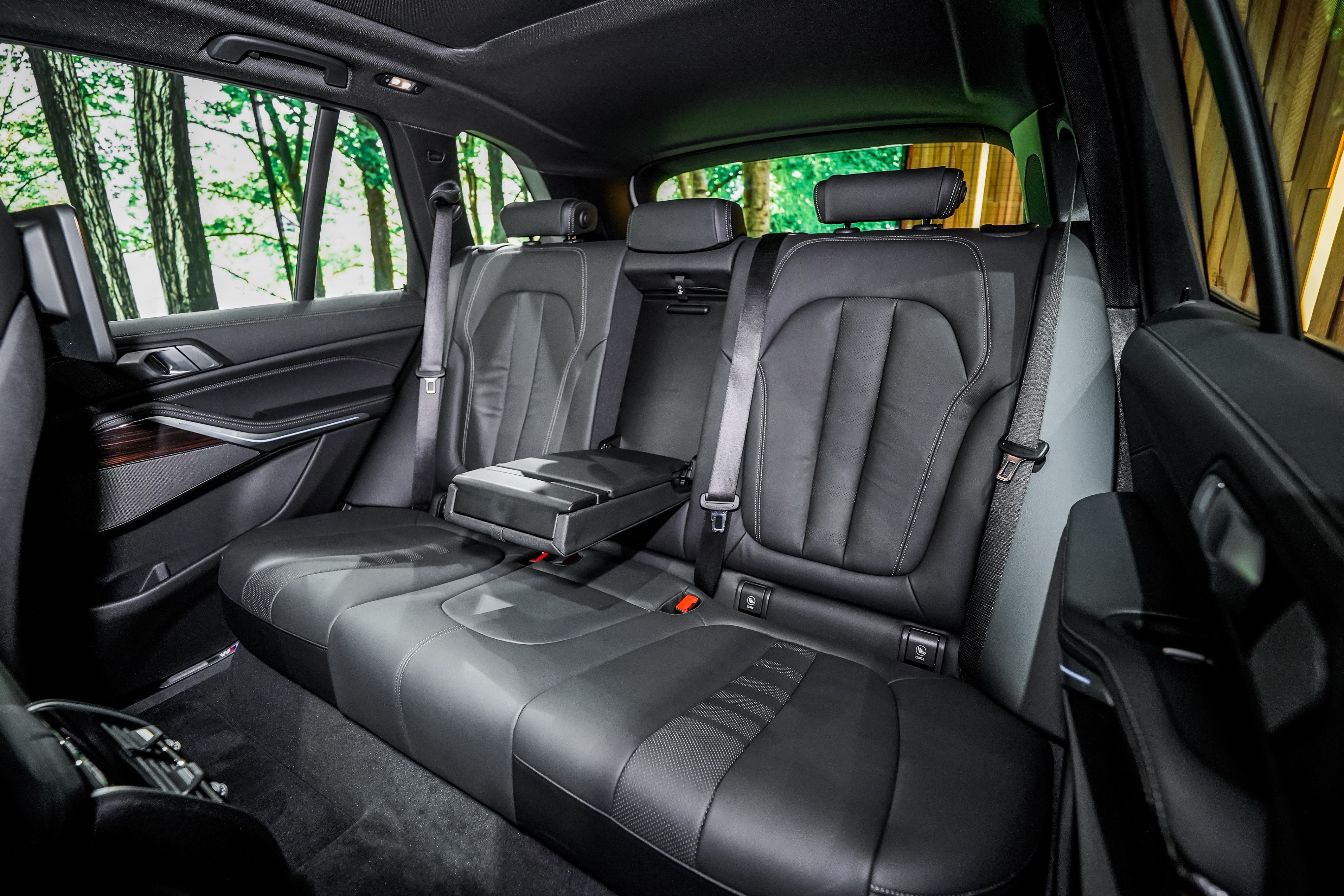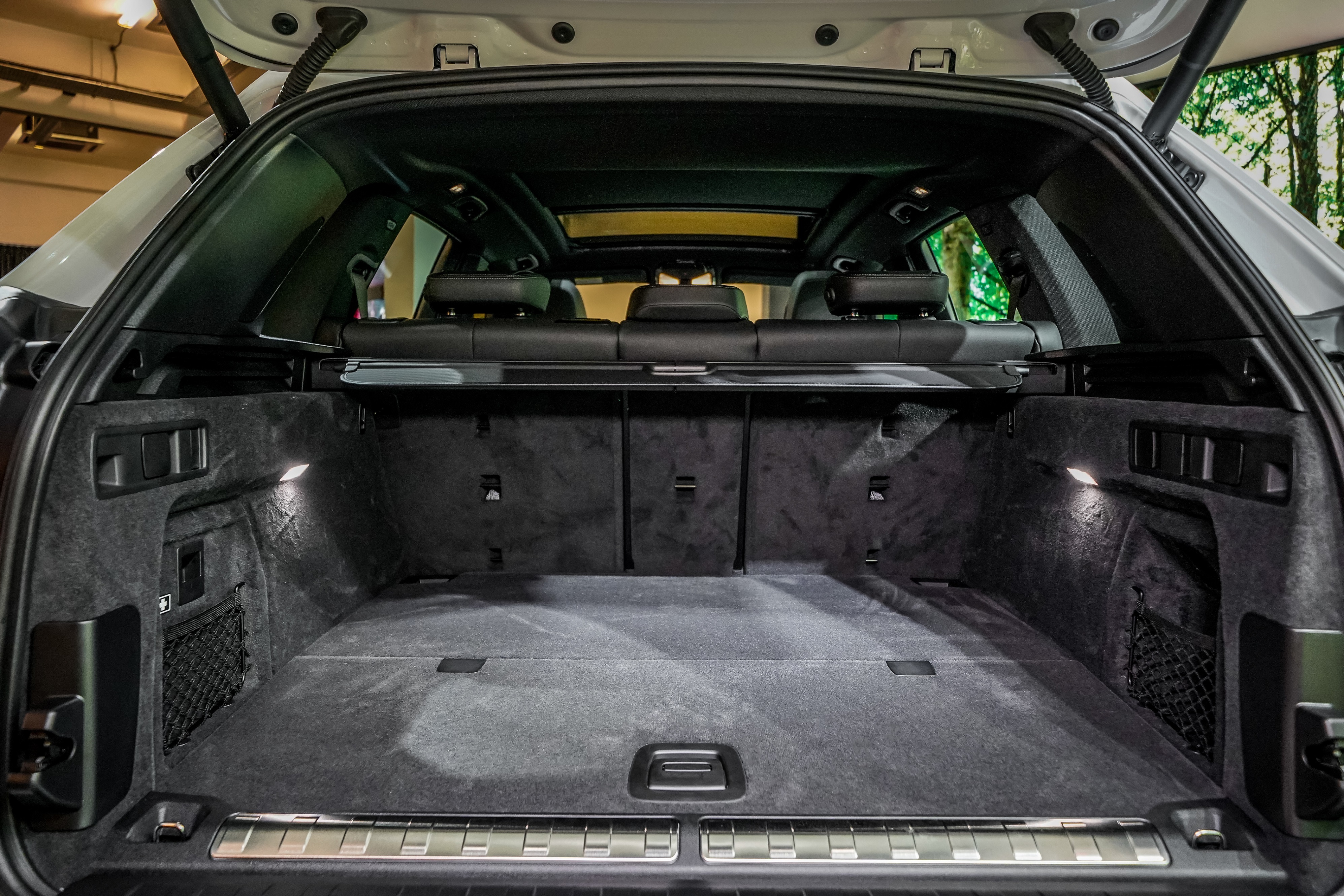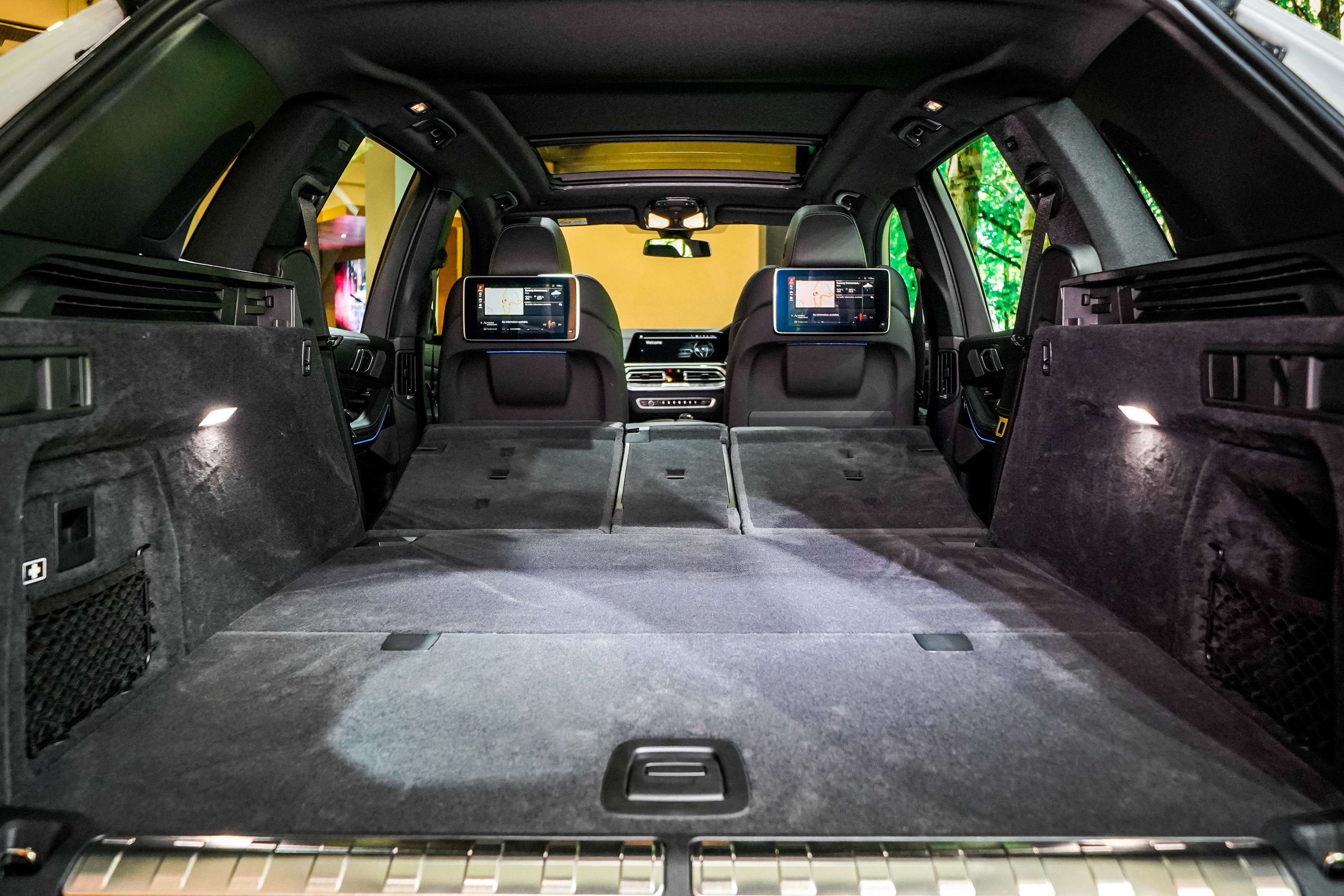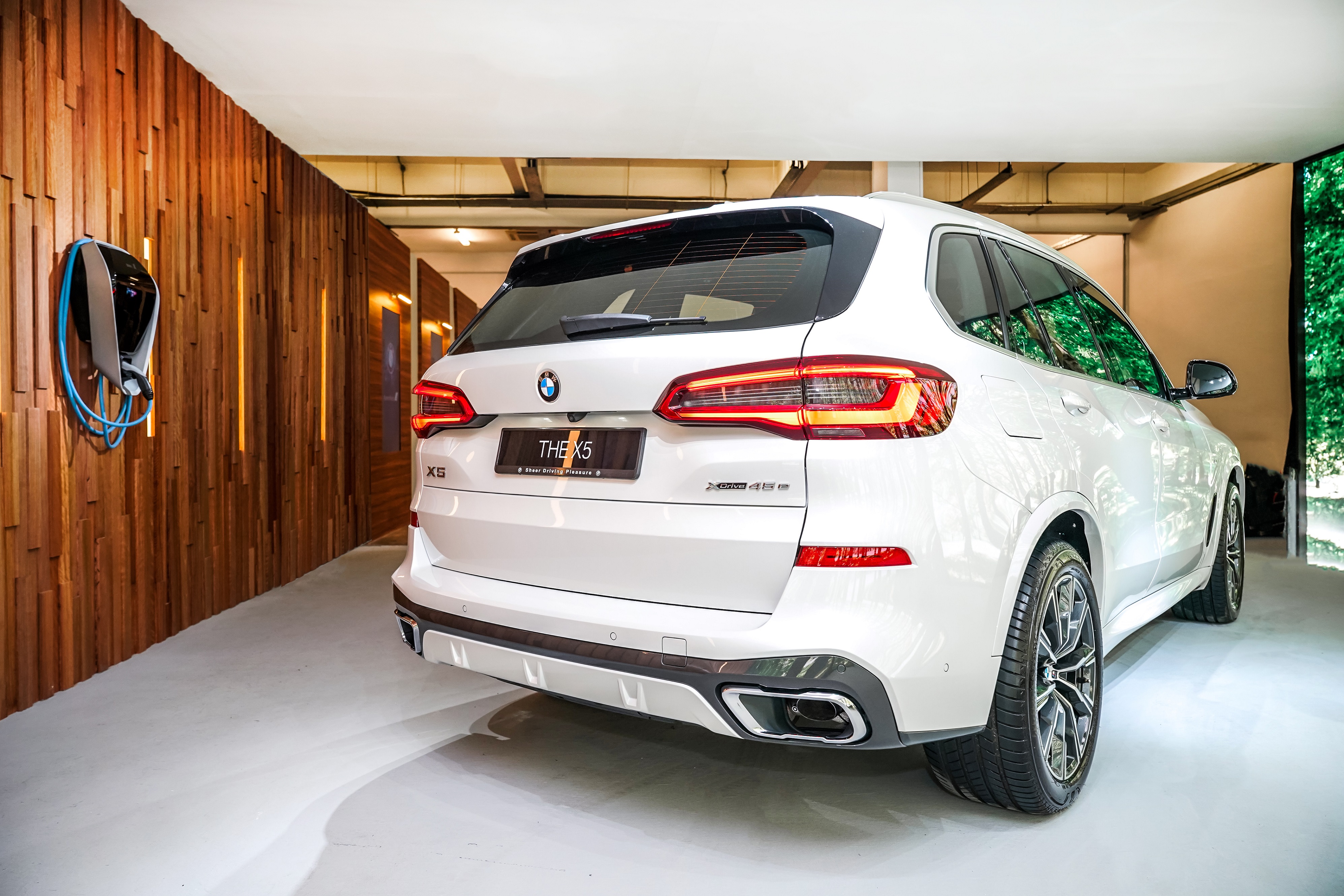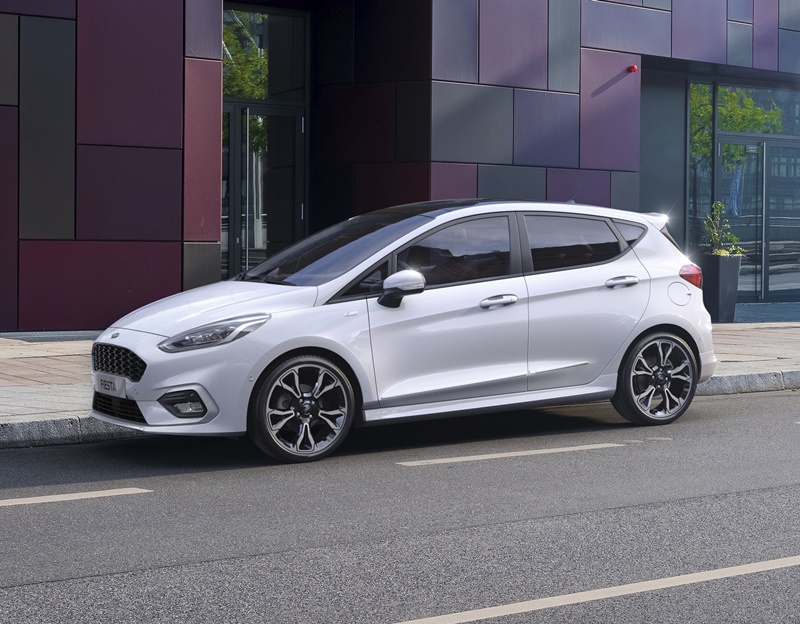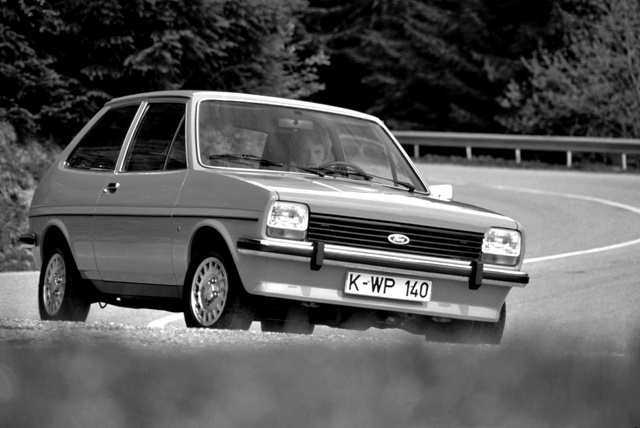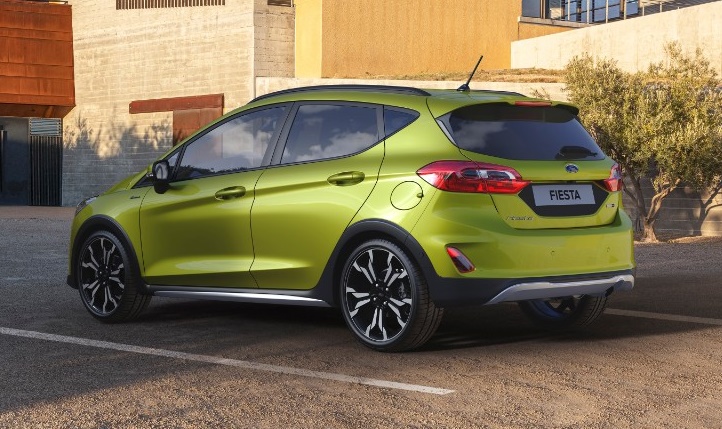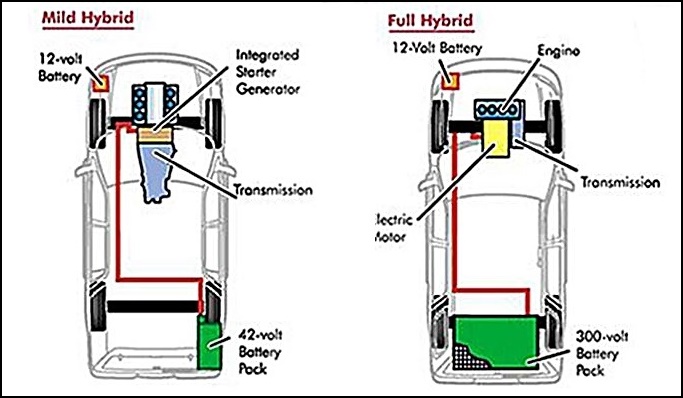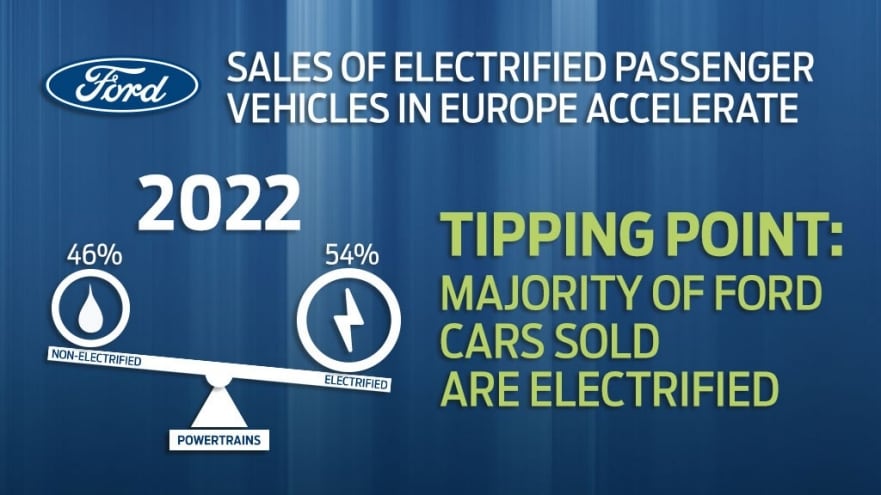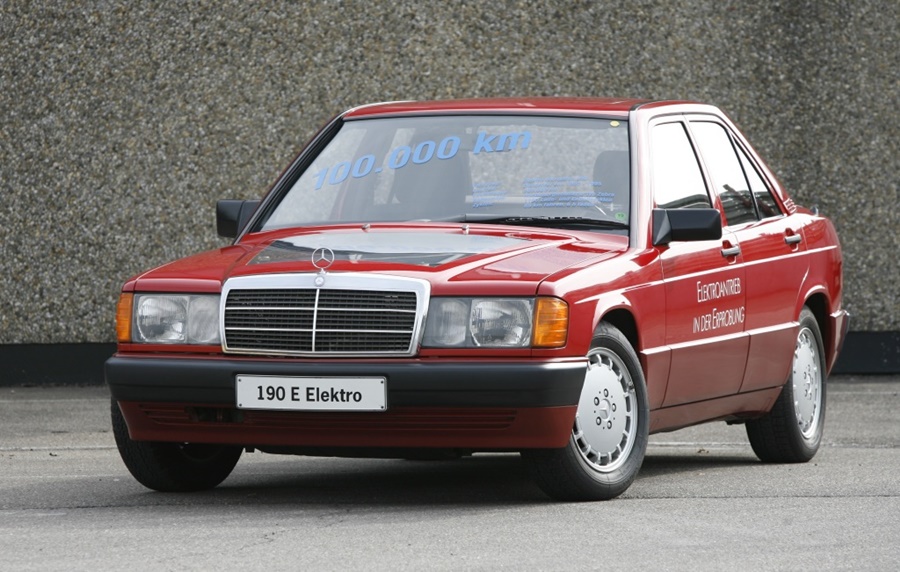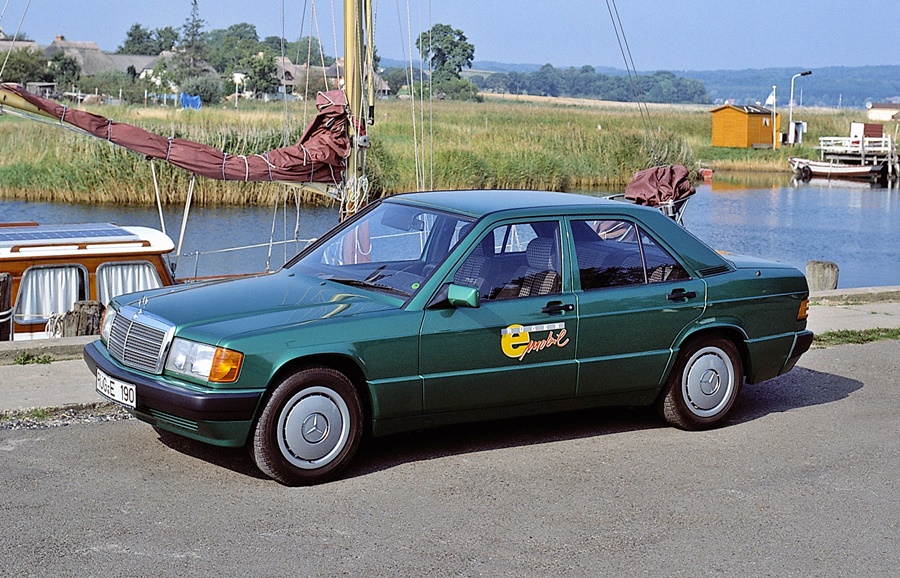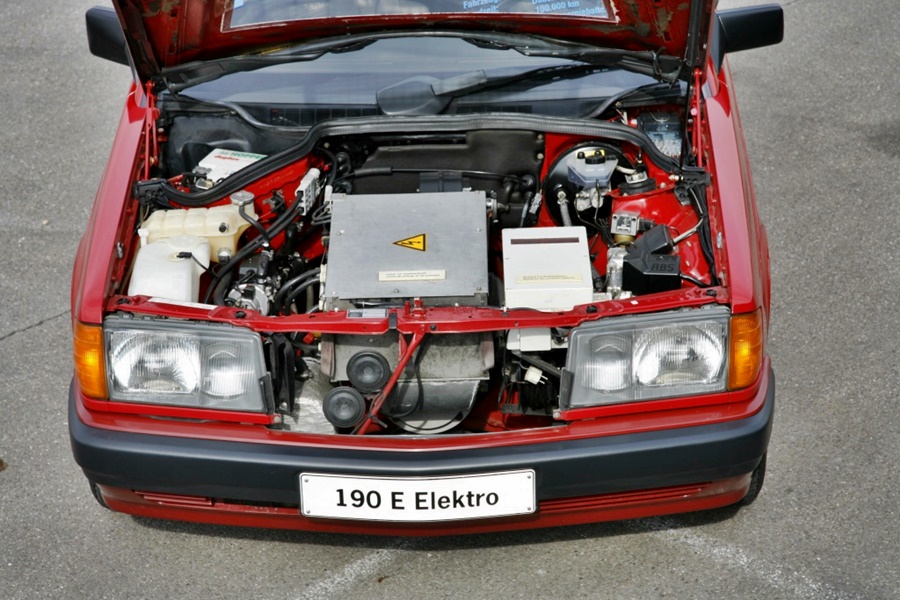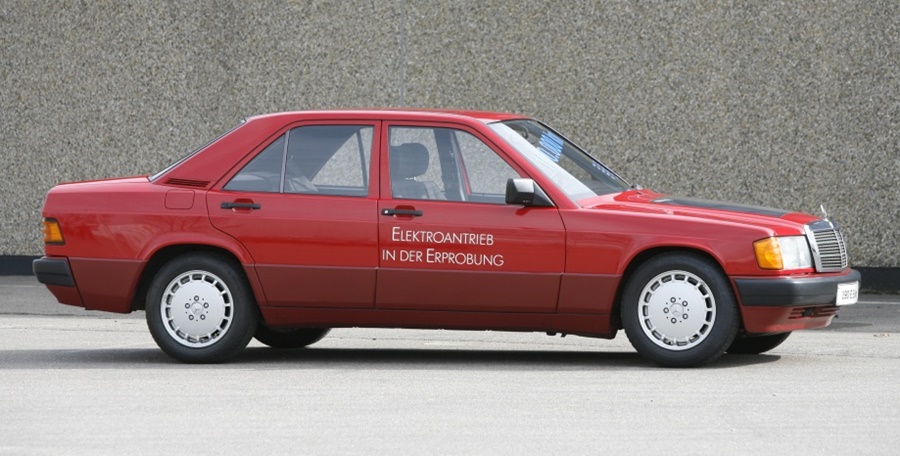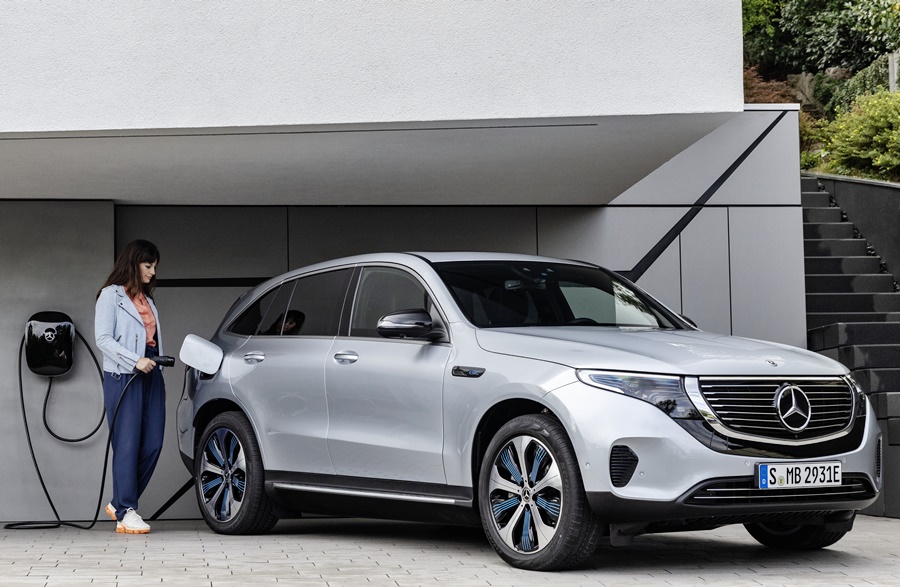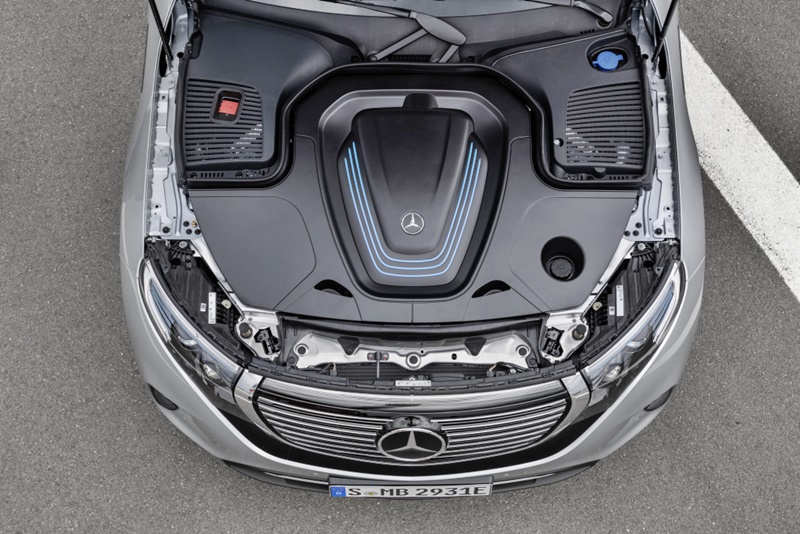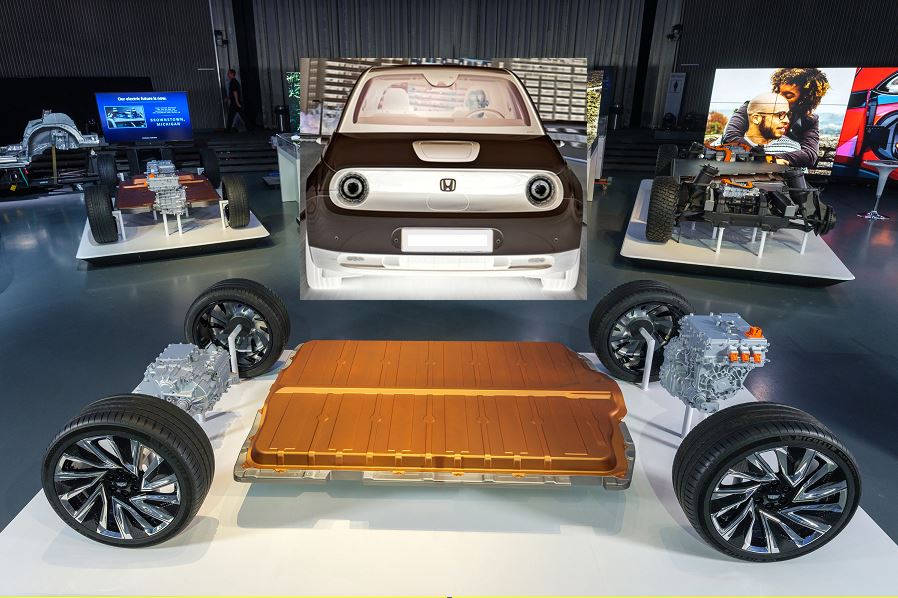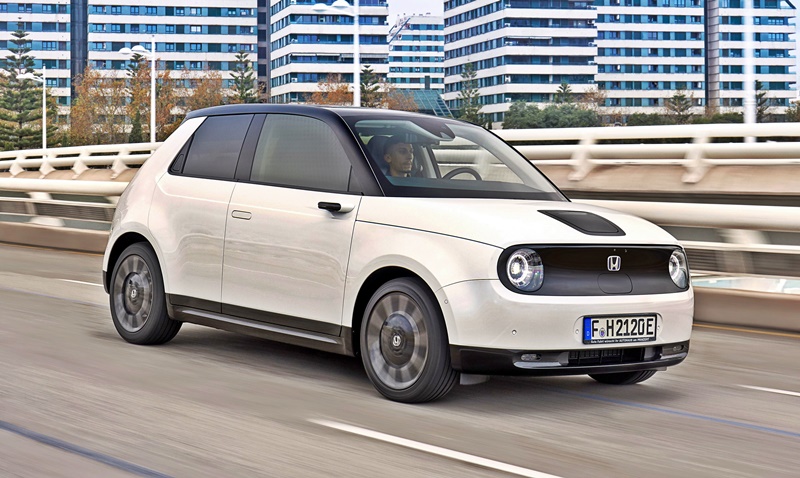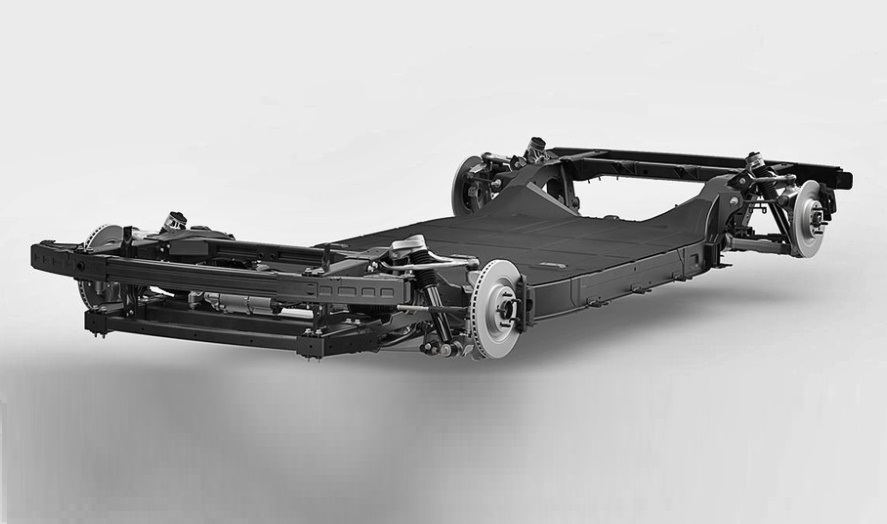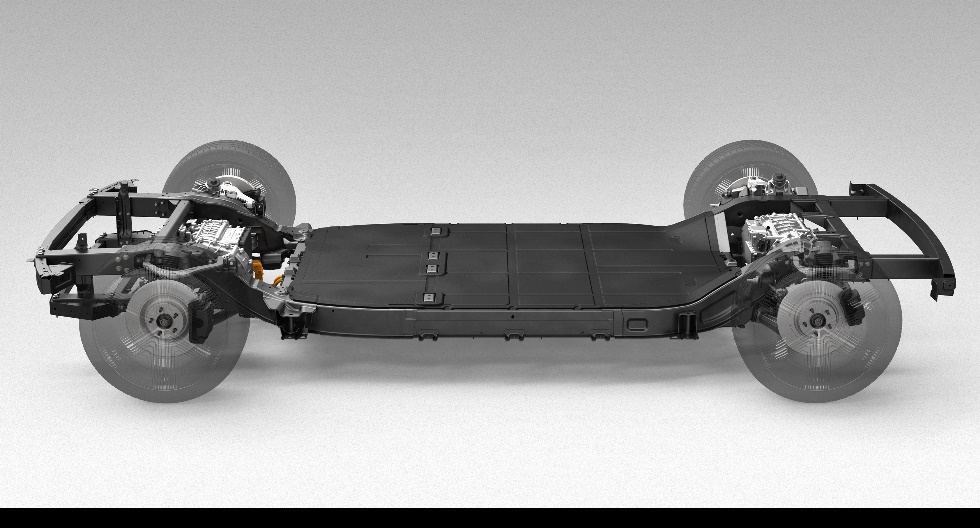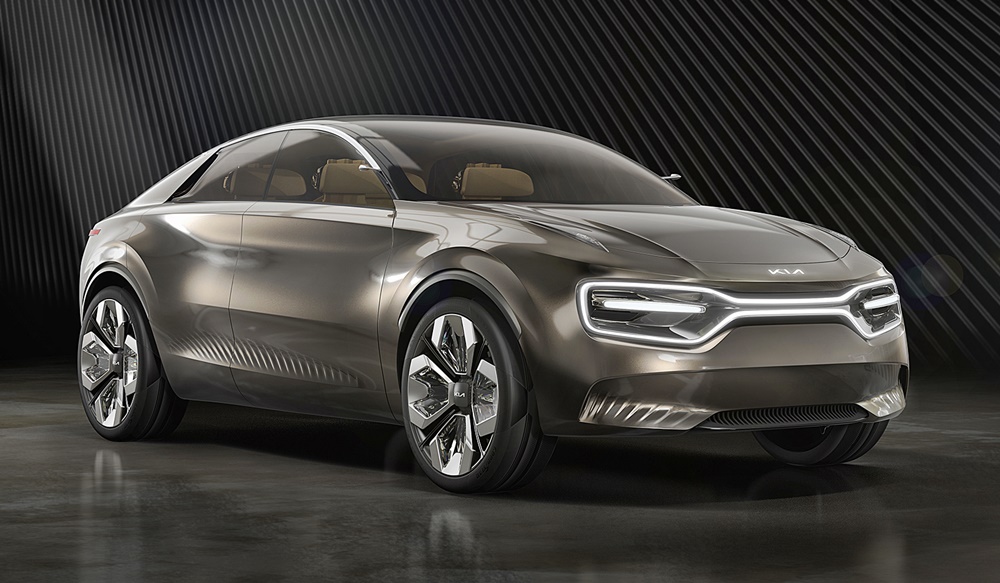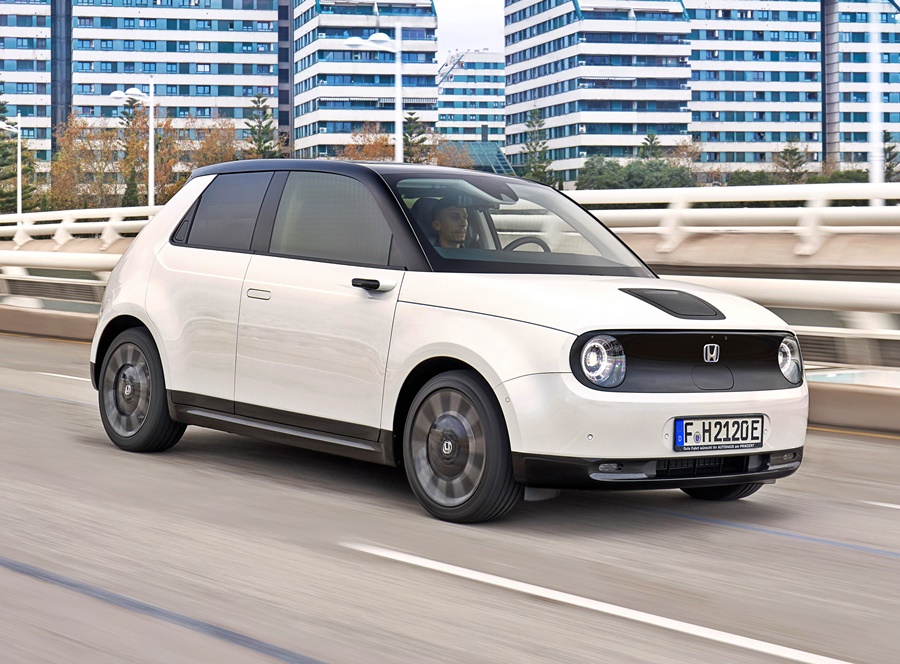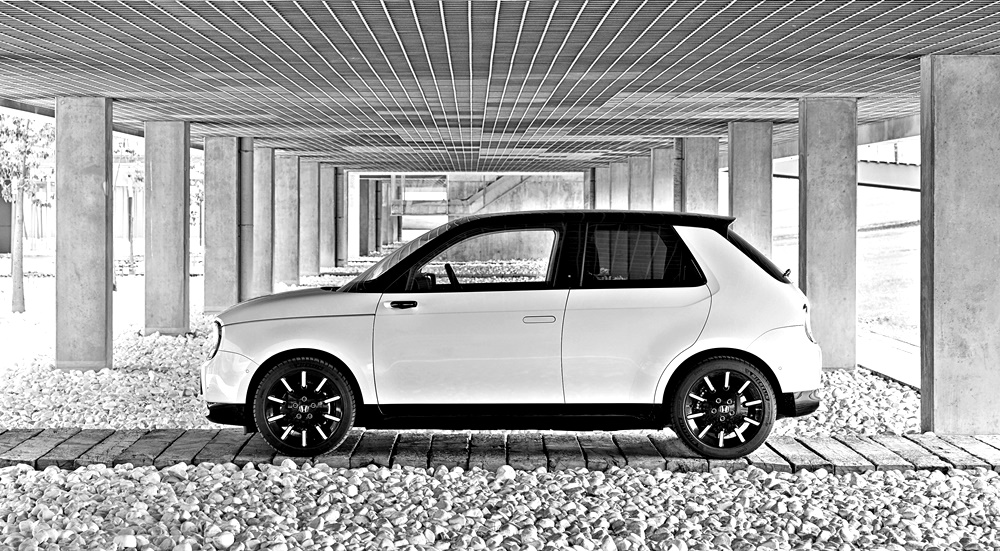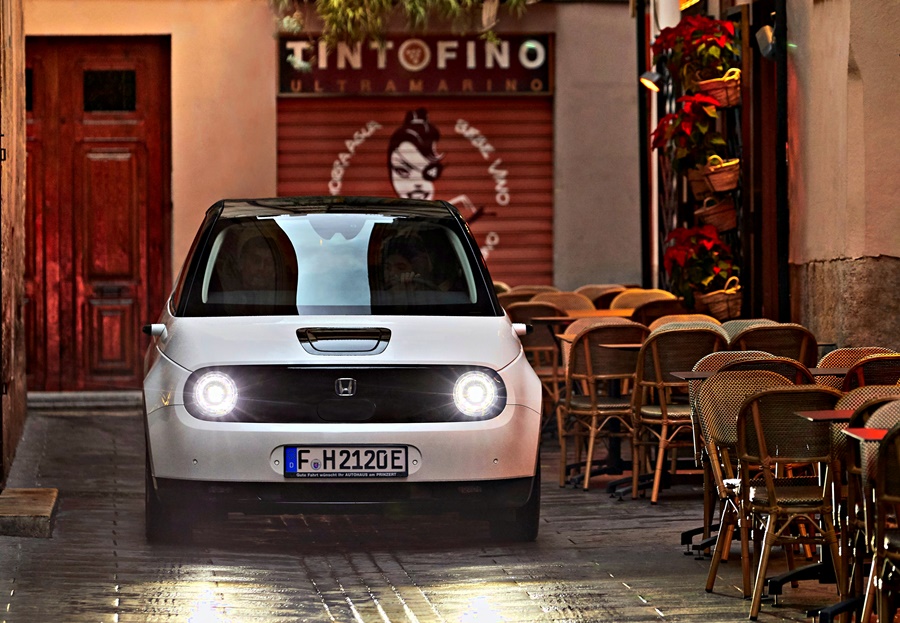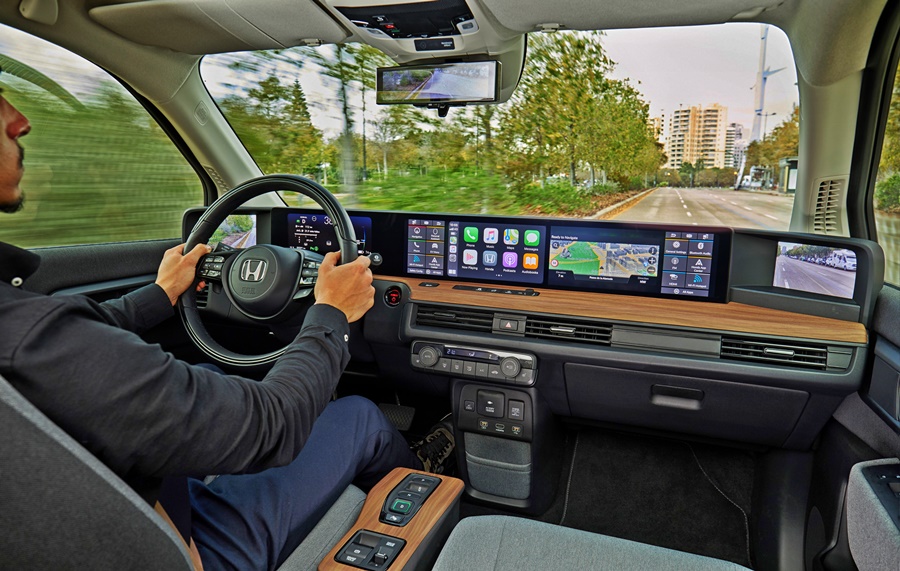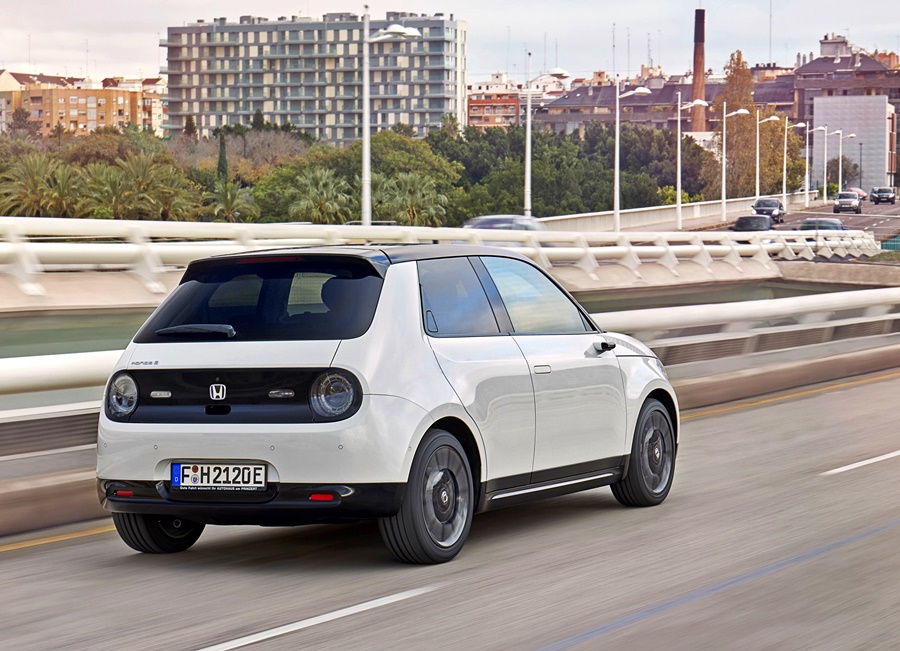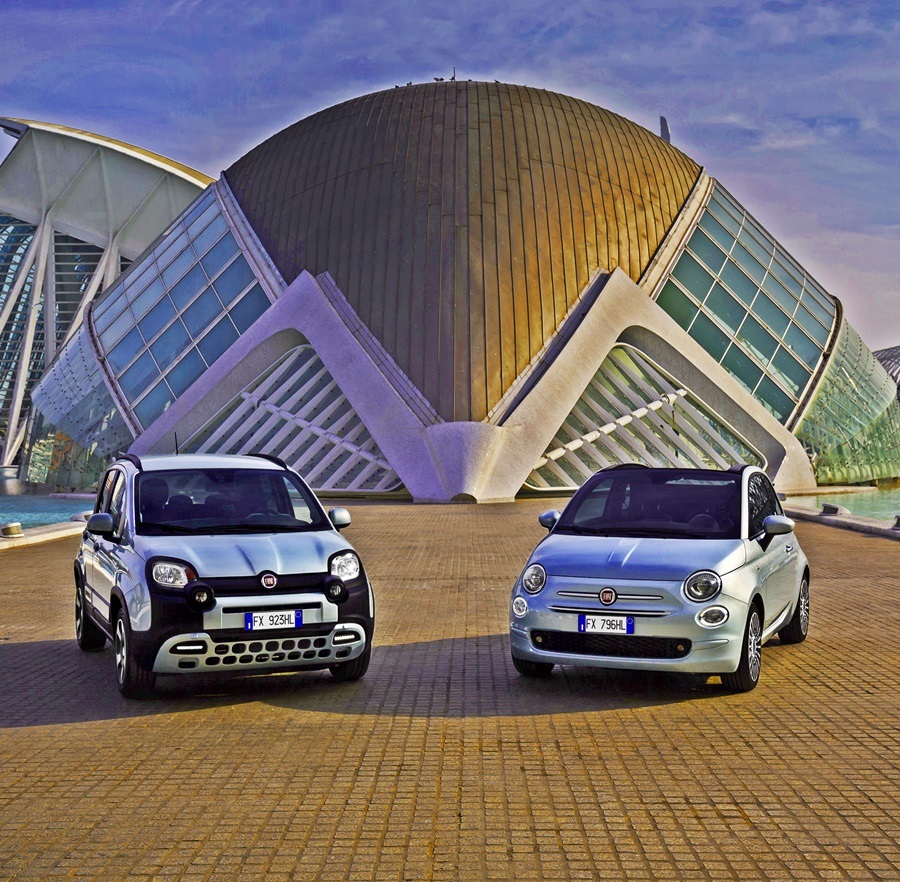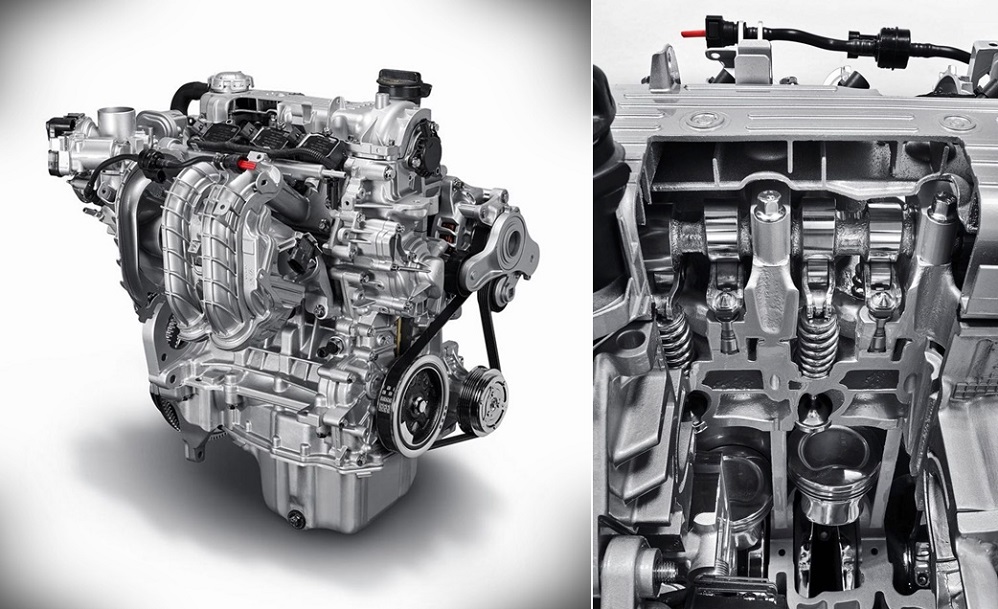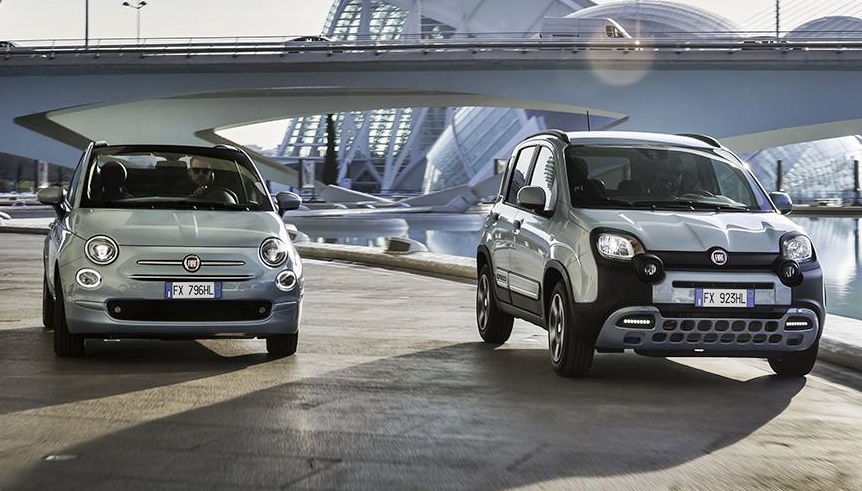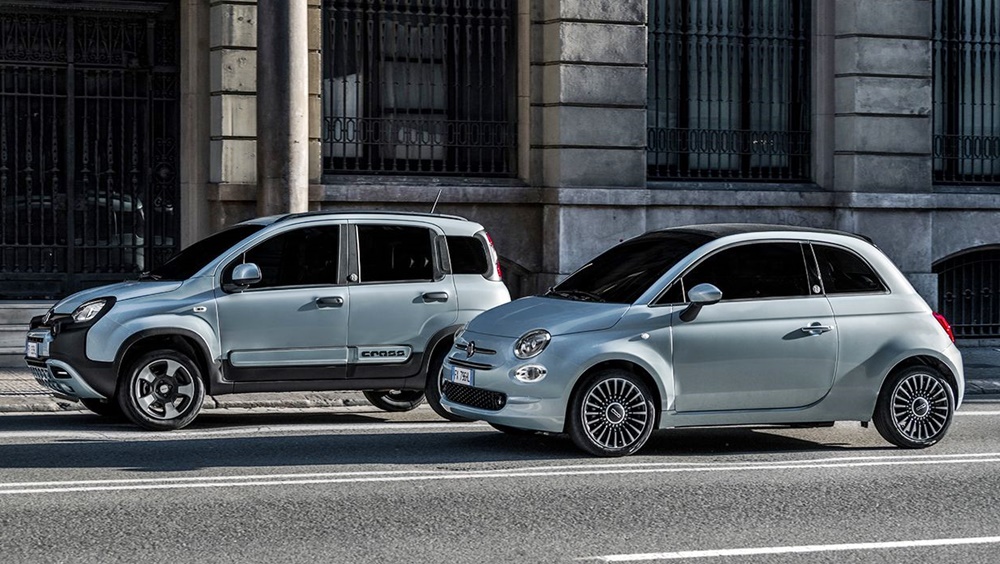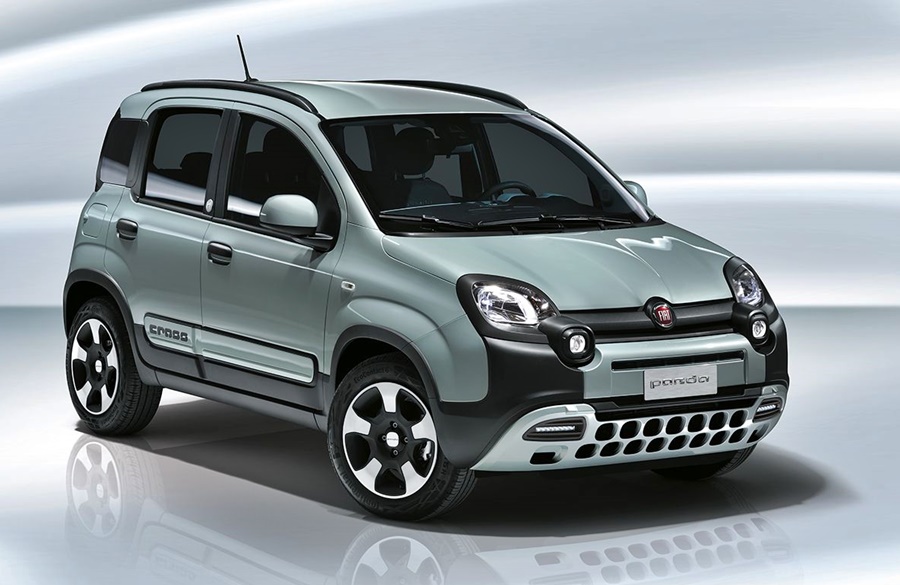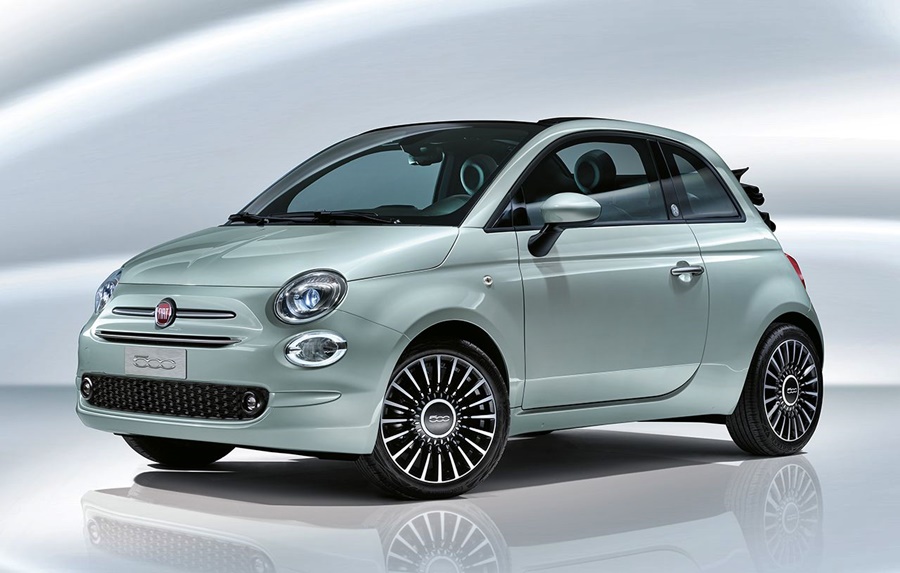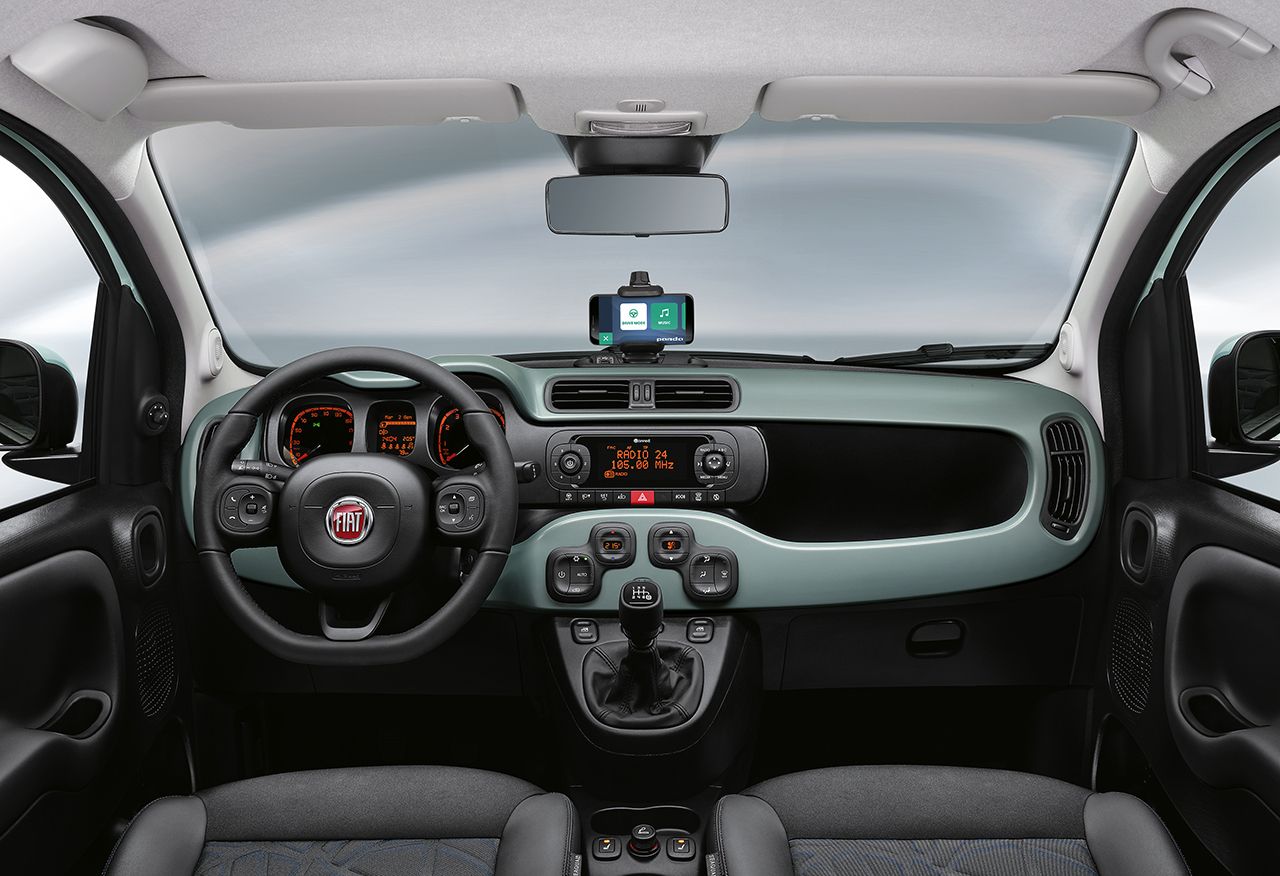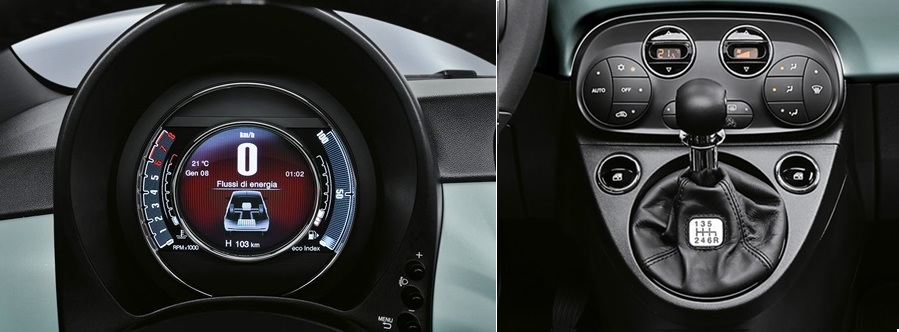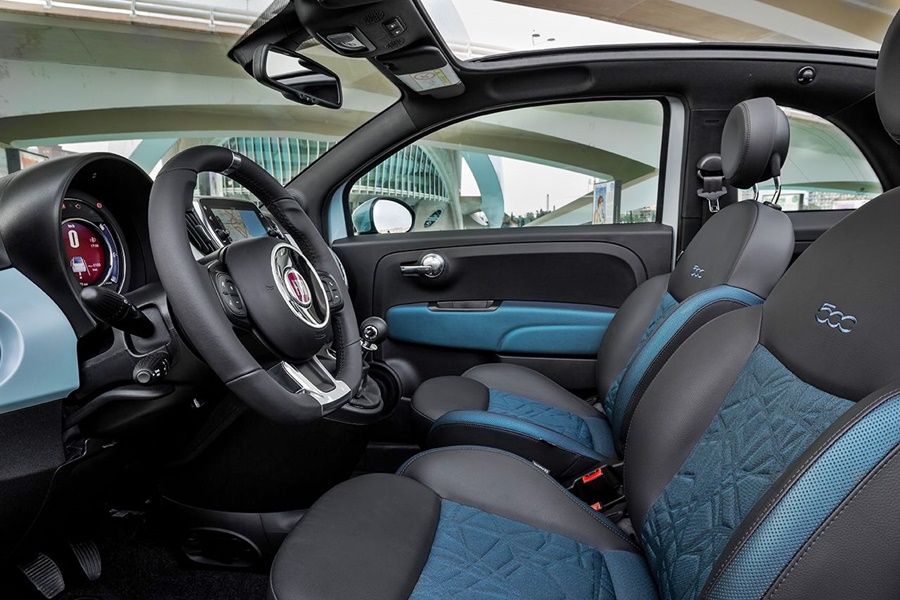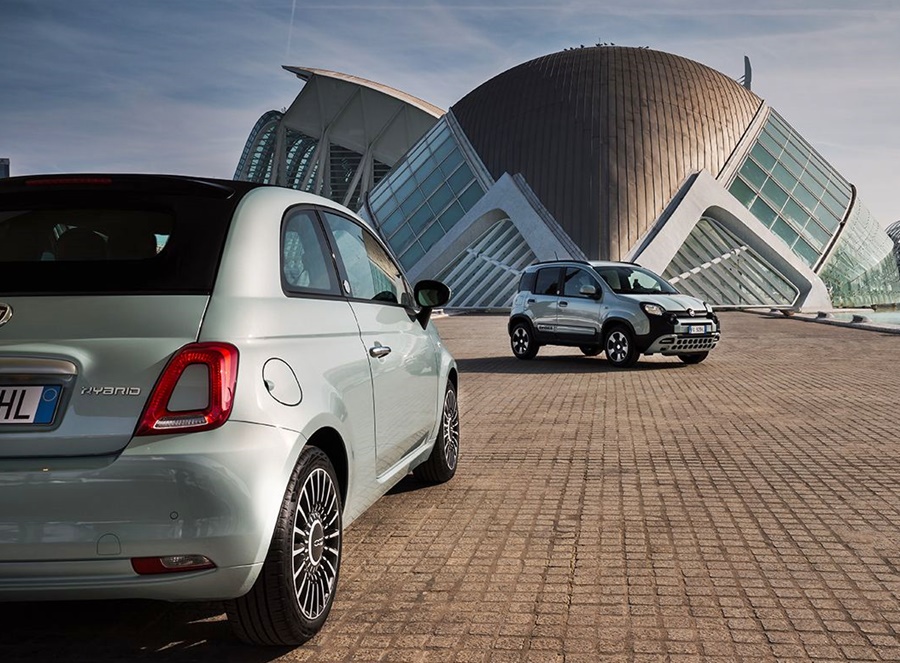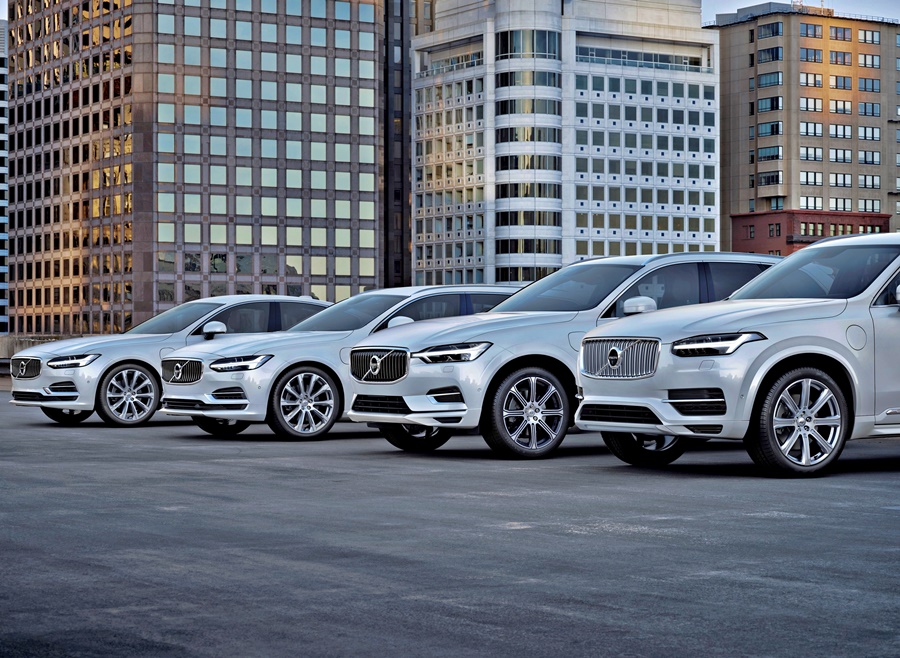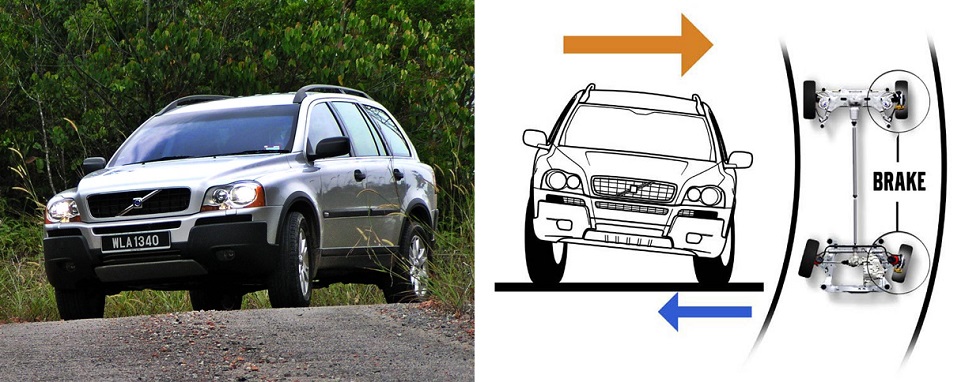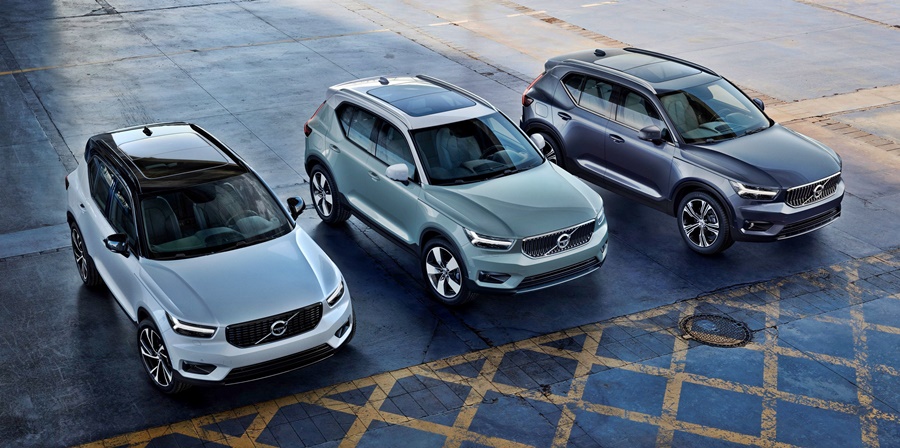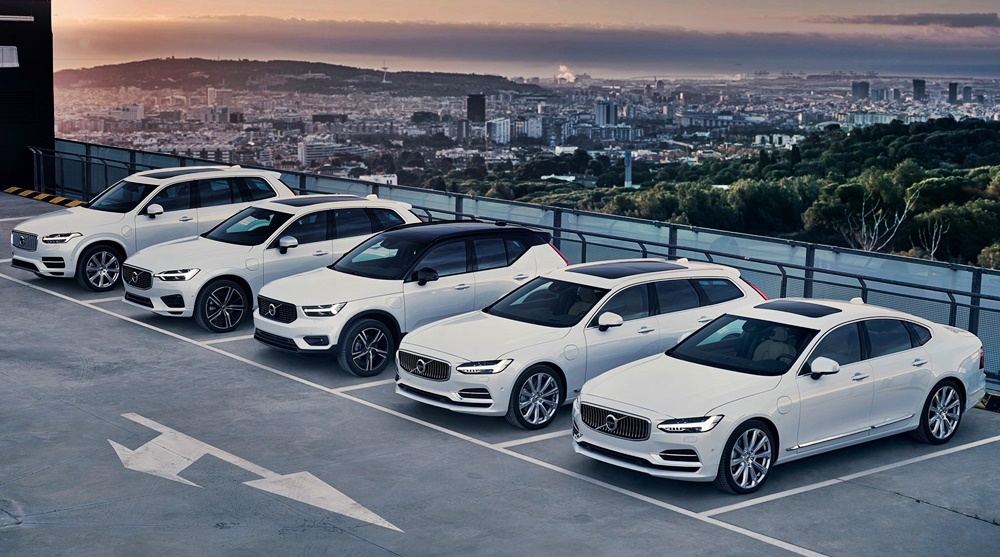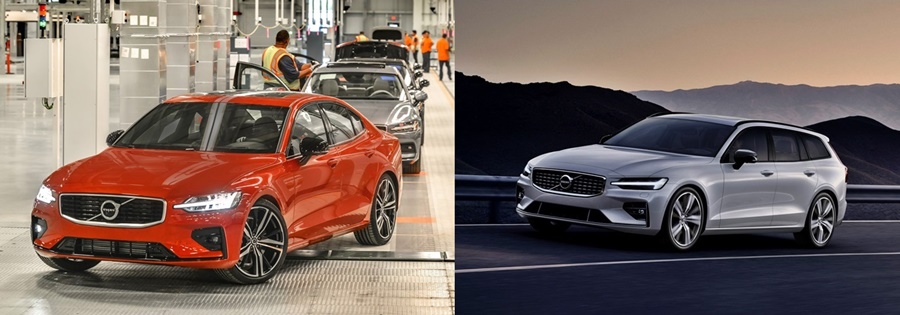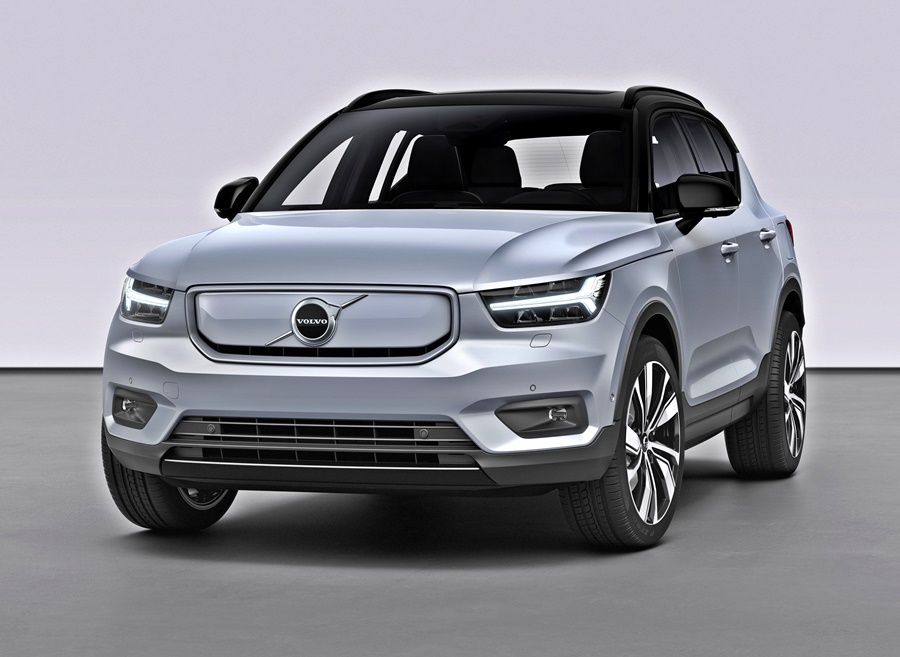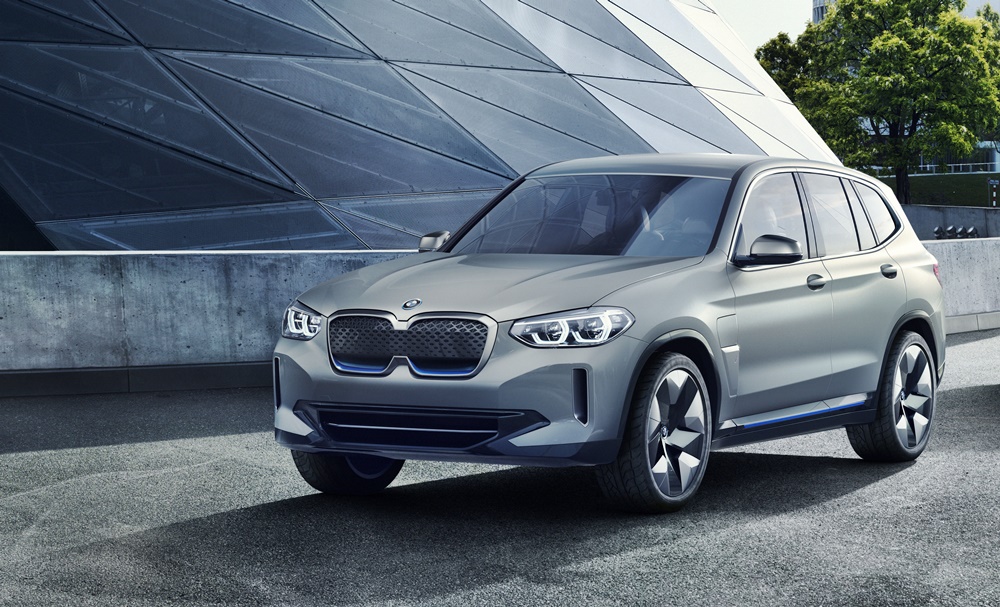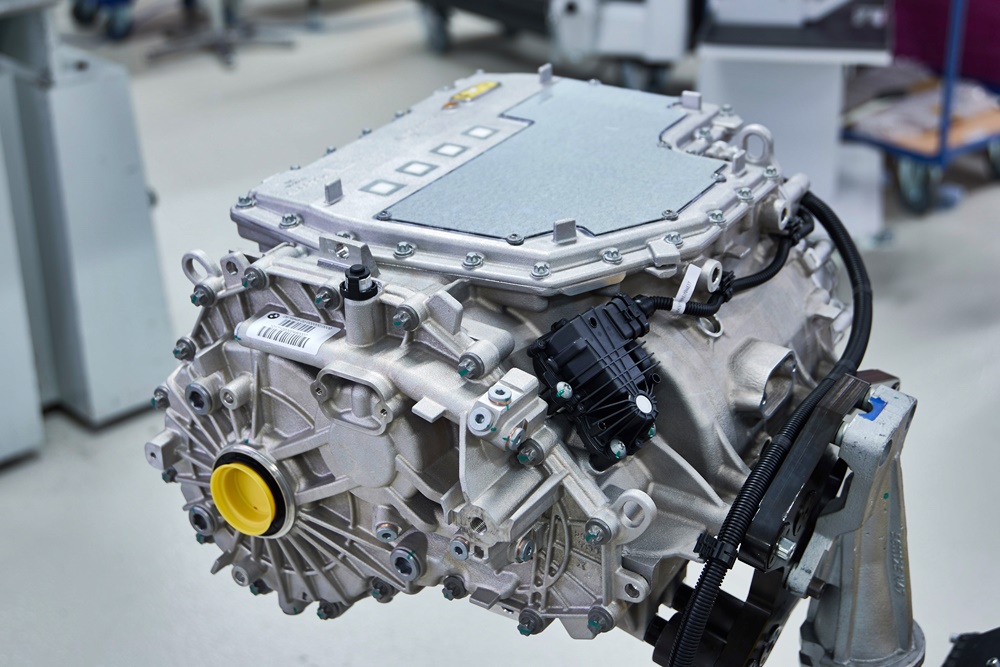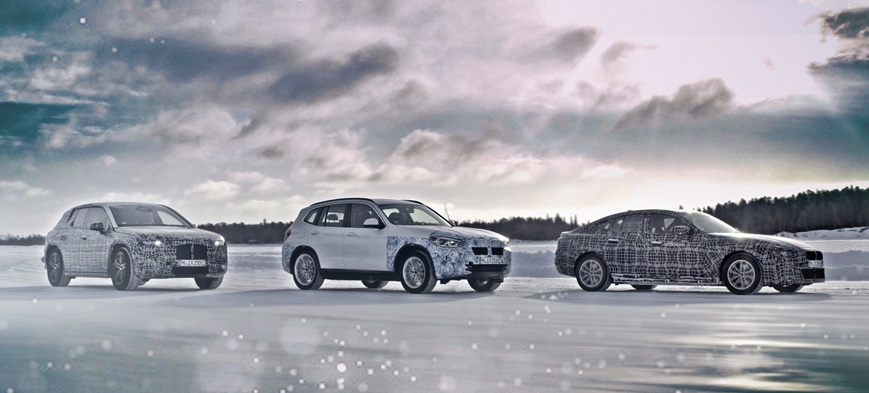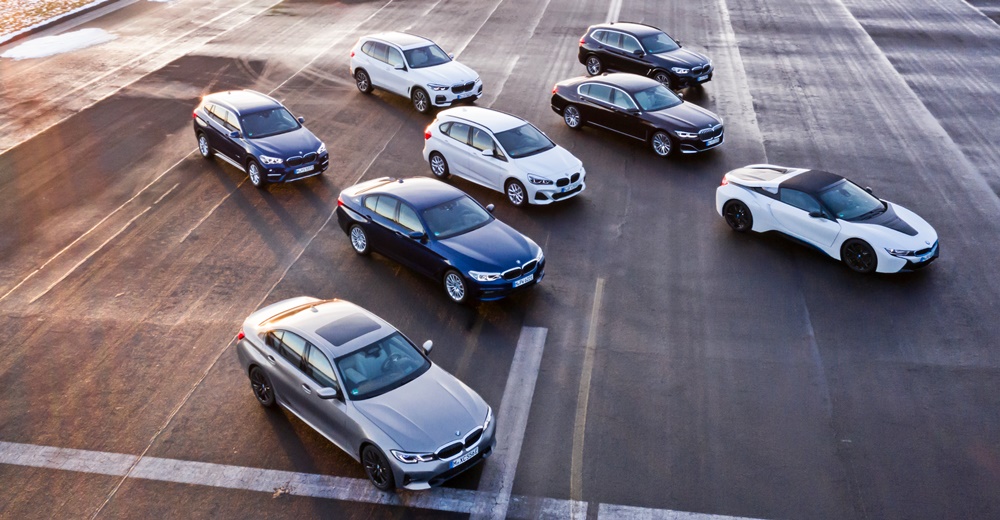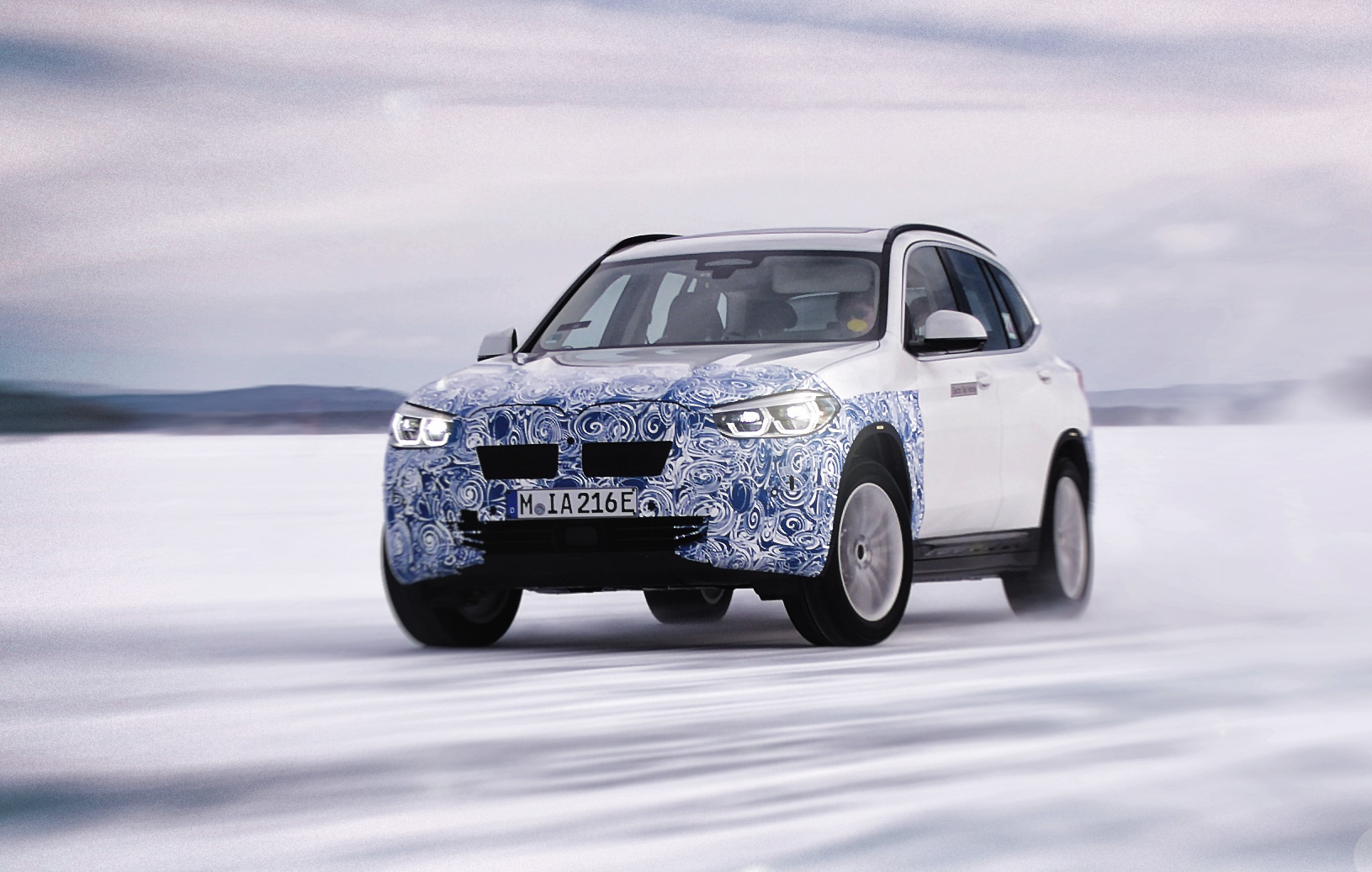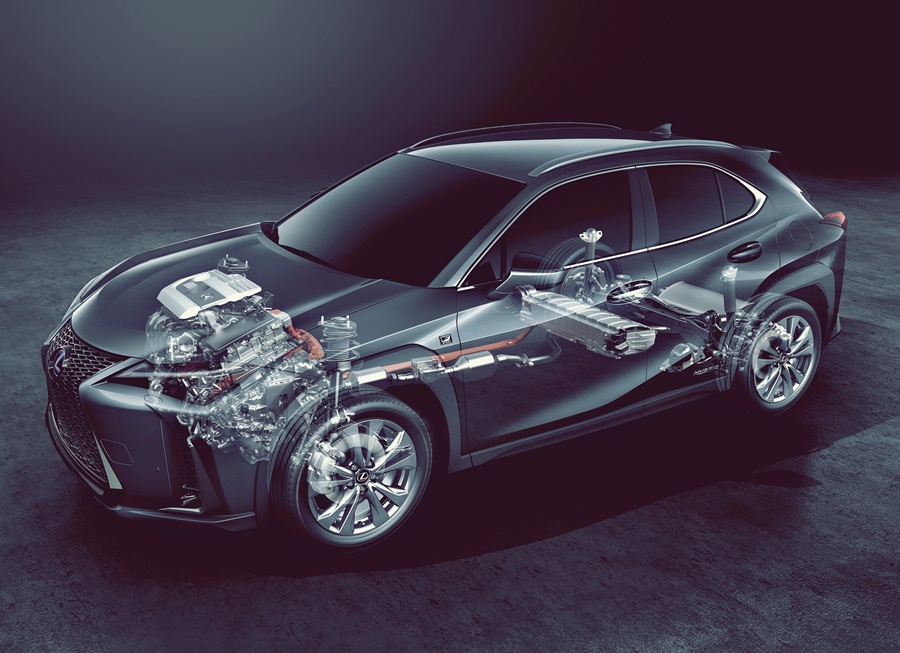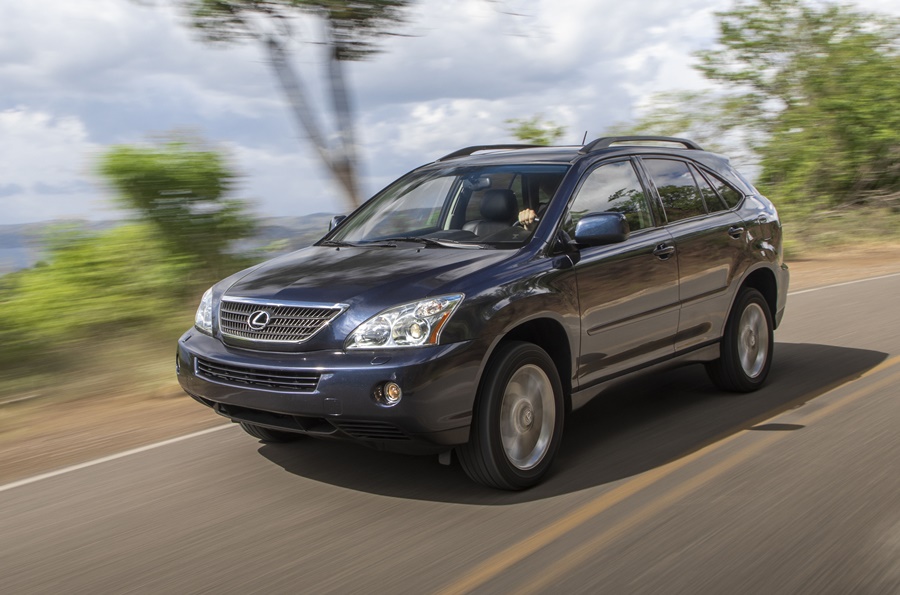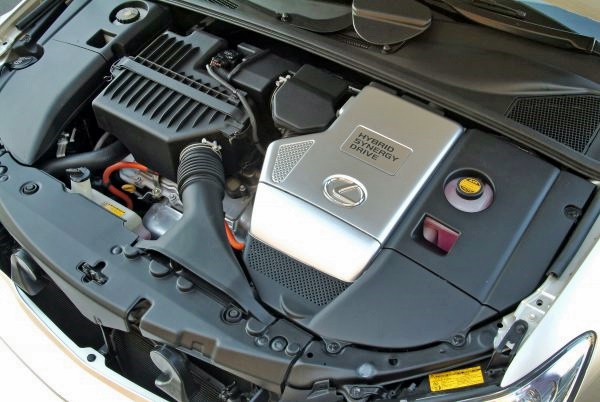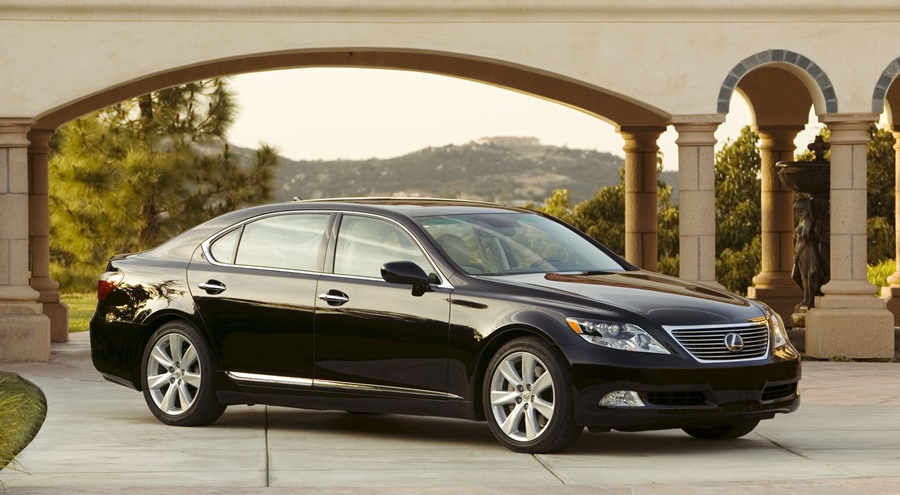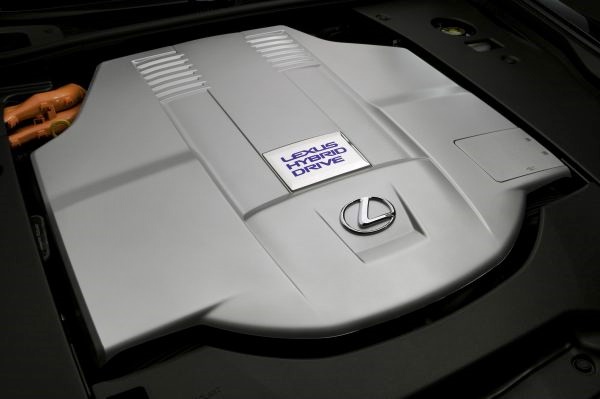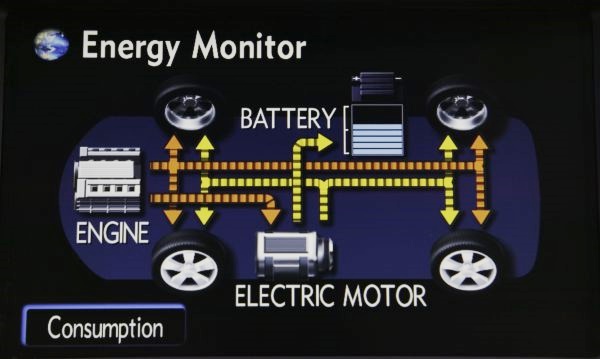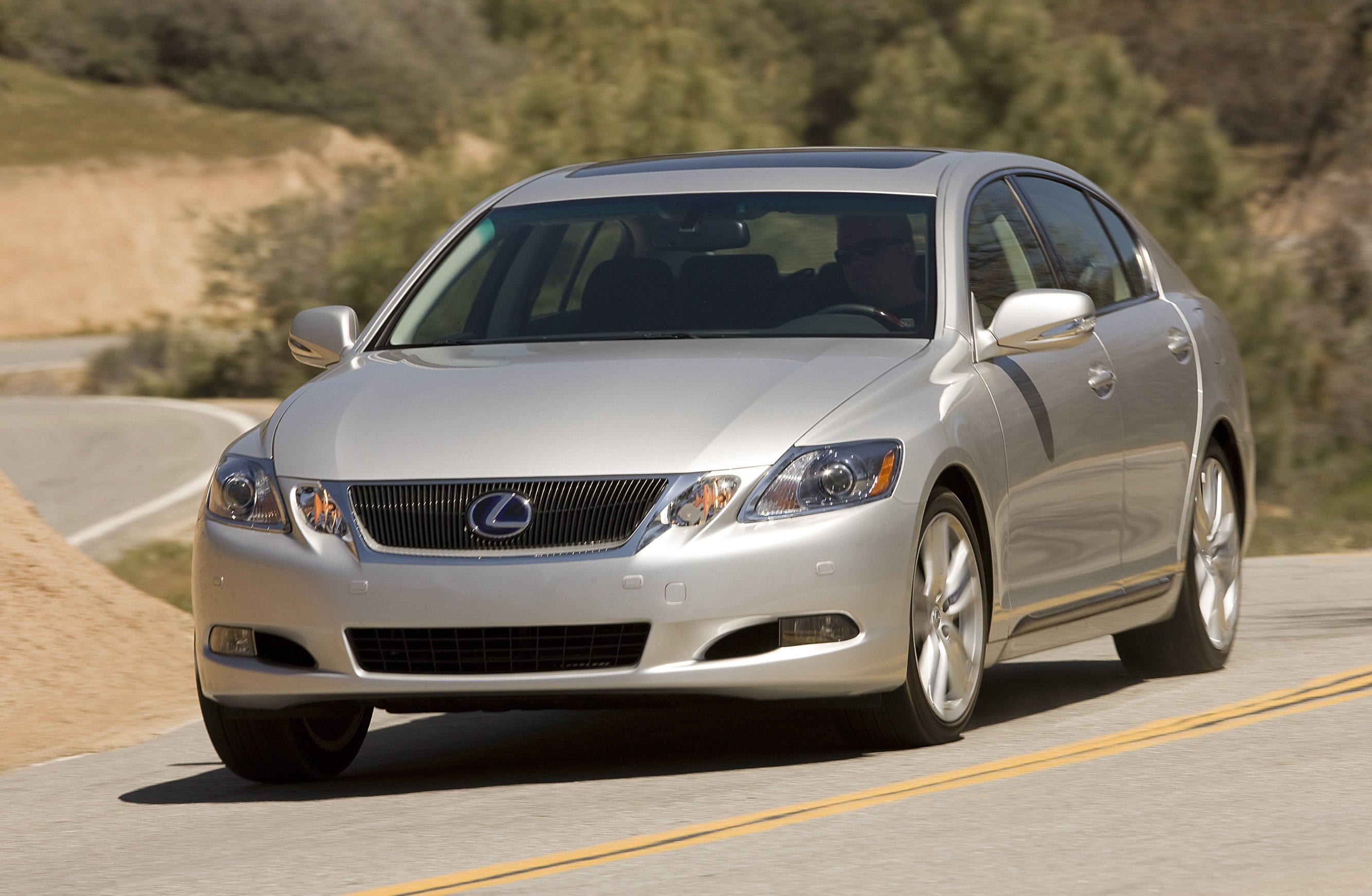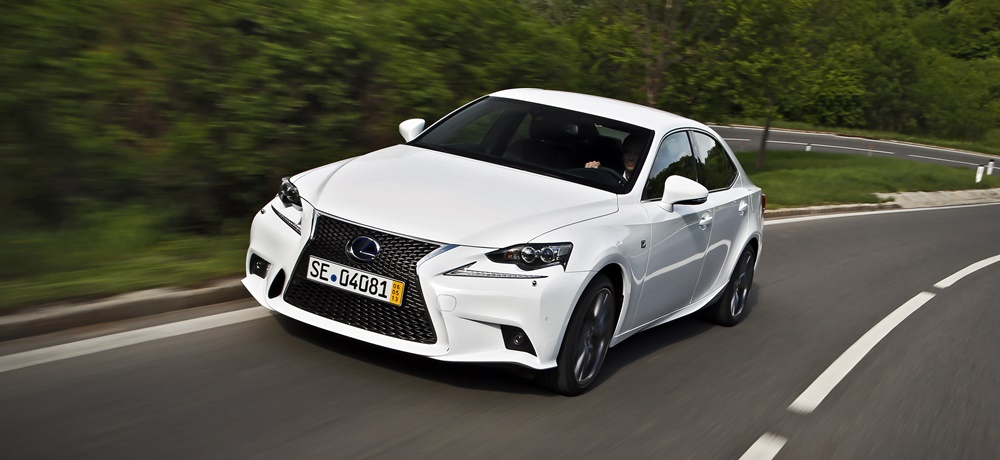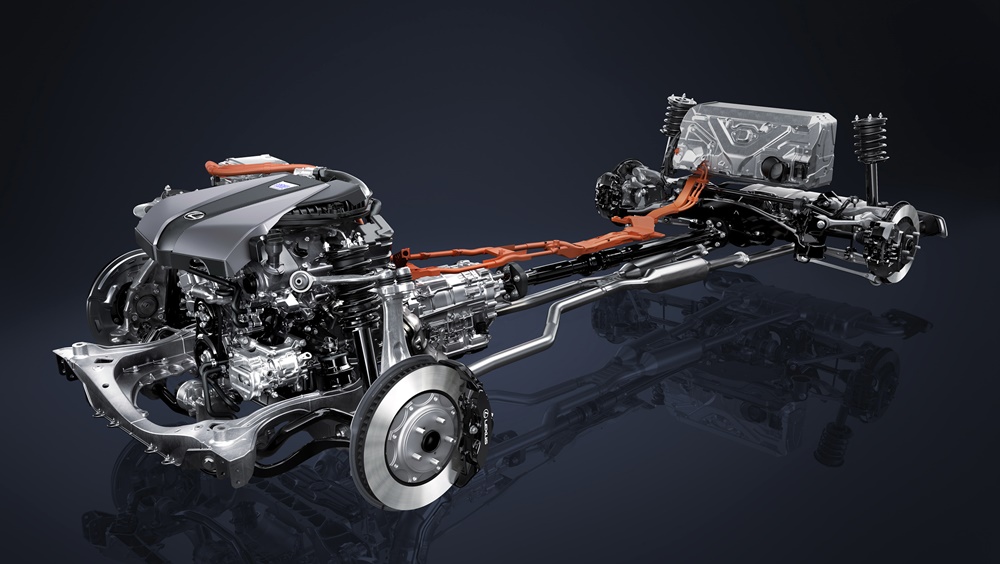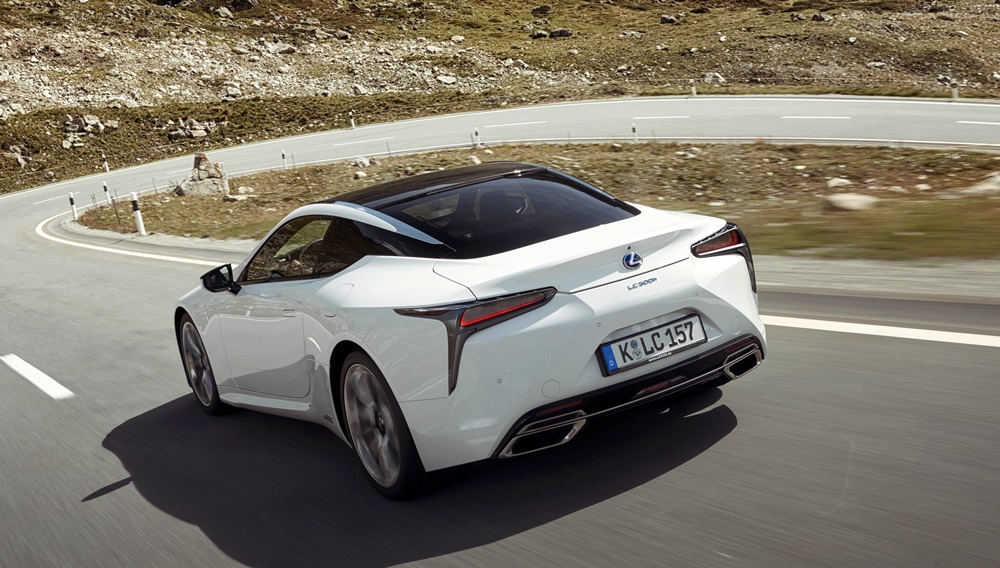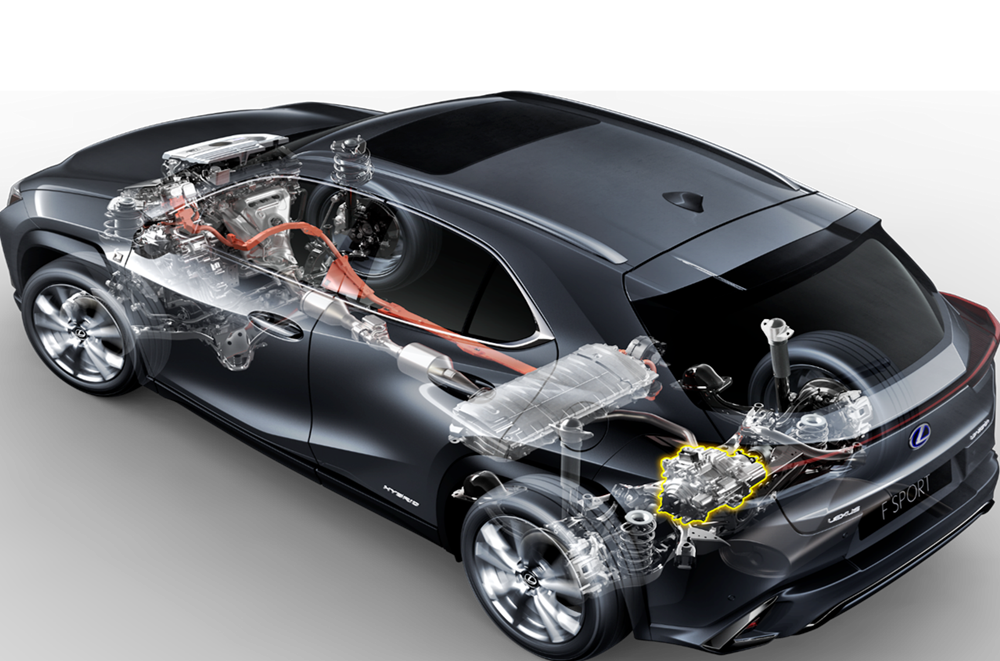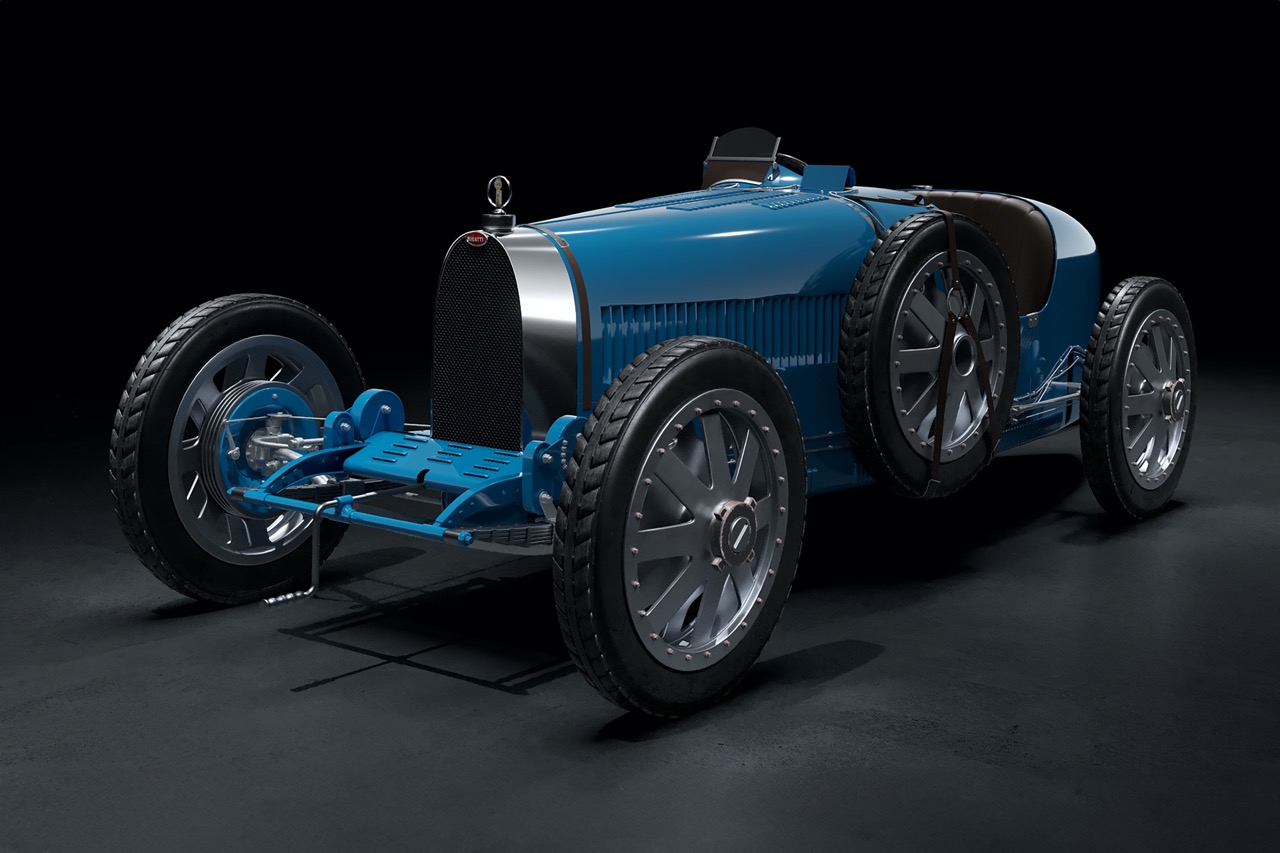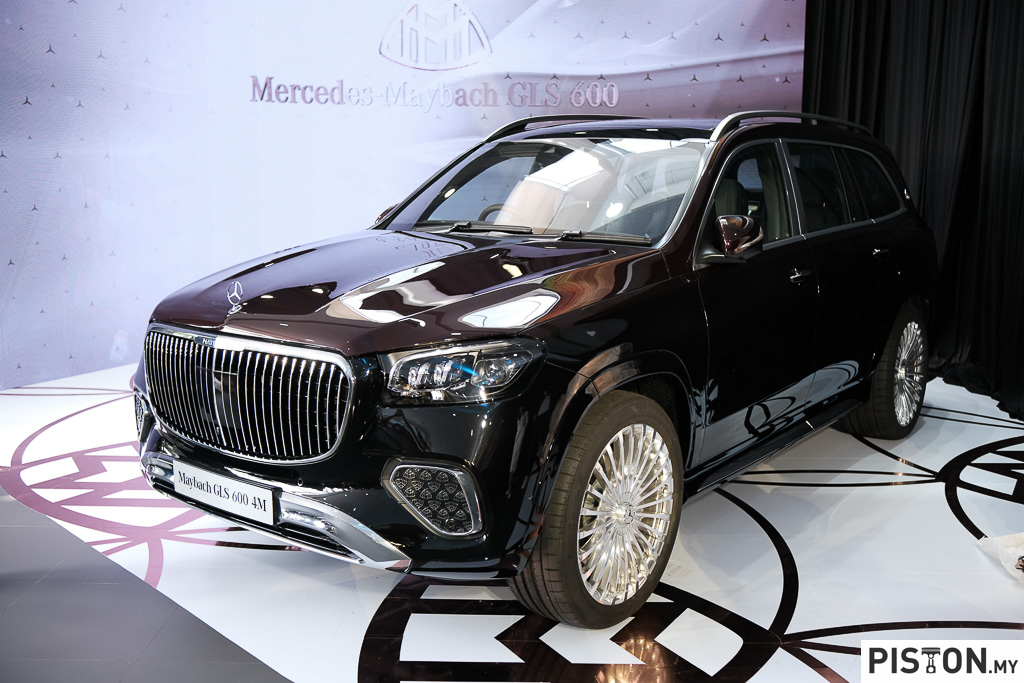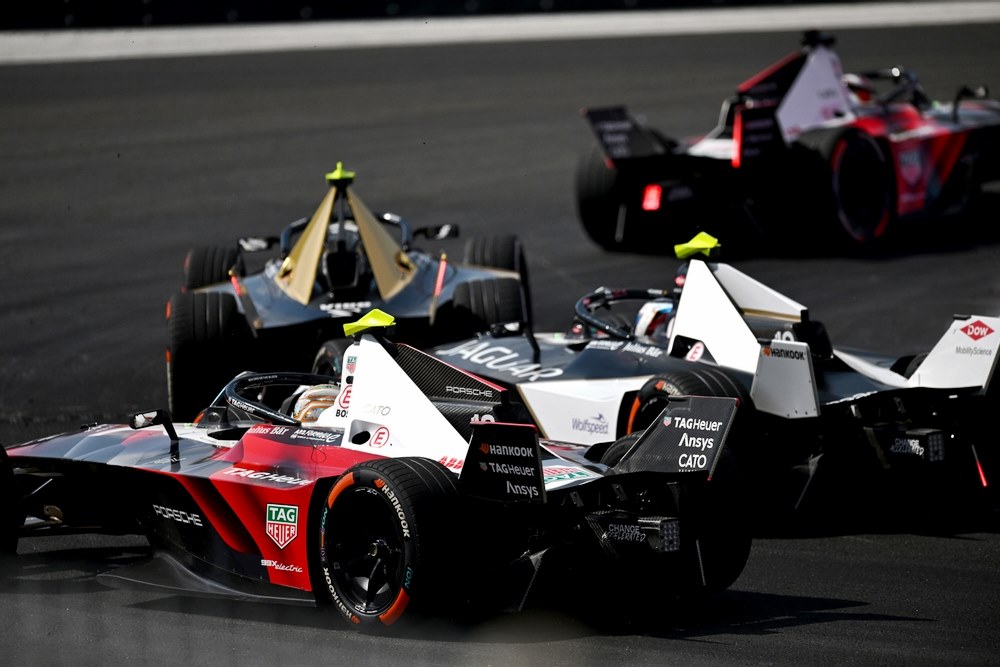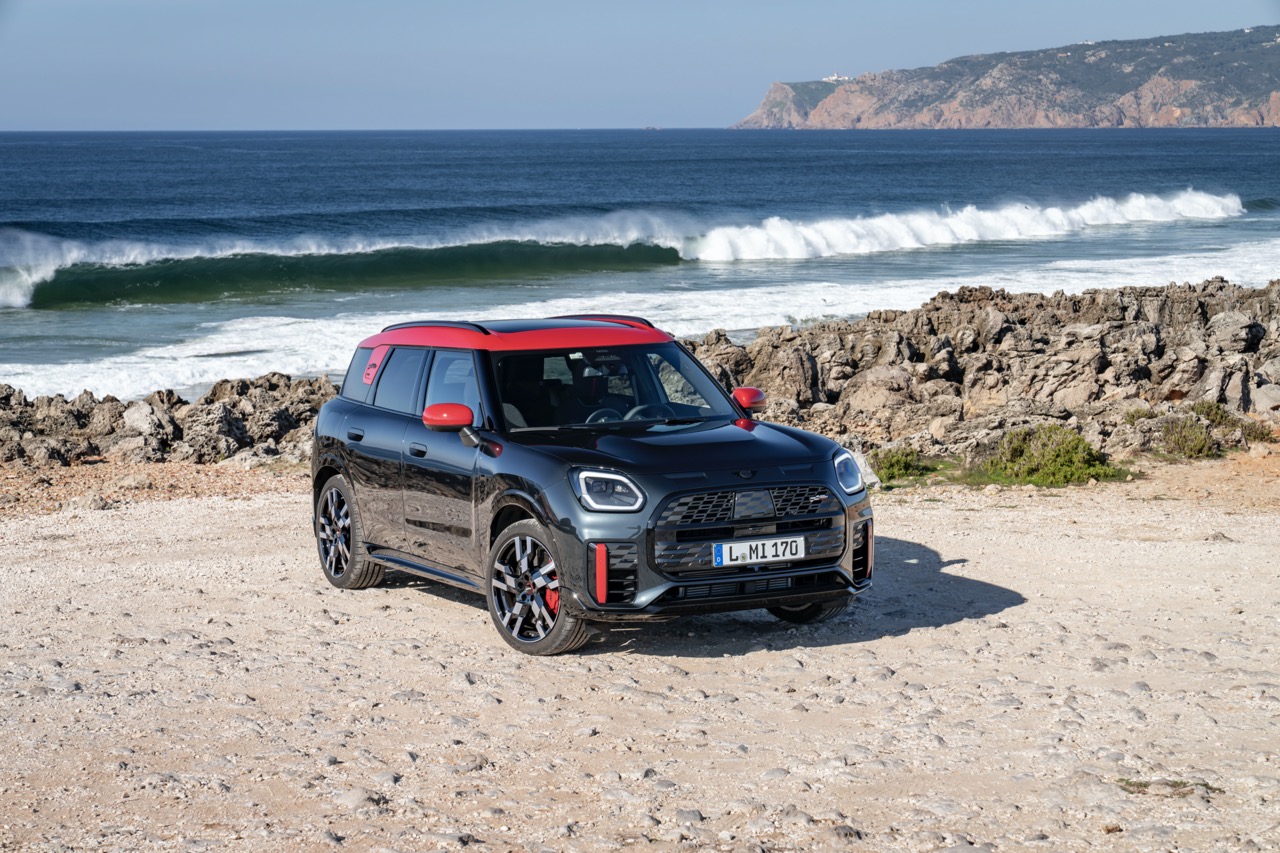
The bestselling model of BMW’s SAV (Sport Activity Vehicle) range worldwide, the X5 has accounted for more than 25% of the X range sold in Malaysia with over 3,000 units delivered. The latest electrified variant has the same larger proportions of the current generation which is the fourth X5 since the model line was launched in 1999.
Additionally, it has slim Adaptive LED headlights with BMW Selective Beam and front LED foglights and the M Sport package. This package includes 20-inch M light alloy wheels in Star Spoke style 740 M Bicolour, along with the signature M Sport brake.
Powering the X5 xDrive45e M Sport is a 3-litre 6-cylinder engine with BMW eDrive technology. With a combined maximum output of 394 bhp/ 600 Nm, the new SAV is claimed to have a top speed of 235 km/h and a 0 to 100 km/h capability of 5.6 seconds.
Running with just the electric motor, the claimed range can be up to 77 kms on a fully charged lithium-ion battery pack, with a top speed of 135 km/h. With the hybrid powertrain optimising fuel efficiency, the fuel consumption is said to be up to 40 kms/litre.
All X5s have all-wheel drive (except for one variant specifically for the US market) which is provided by BMW’s proven xDrive system. Power delivery first goes through a revised 8-speed Steptronic transmission with enhanced shift dynamics and then to all four wheels with torque distribution according to grip and surface conditions. The X5 xDrive45e M Sport is now also equipped with the 2-axle air suspension on the front and rear axles, maximising its dynamic ability and comfort.
Inside the SAV
The highlight of the X5 xDrive45e M Sport is the BMW Live Cockpit Professional with Gesture Control and Intelligent Personal Assistant. This infotainment system combines a 12.3-inch Fully Digital Instrument Display with an equally large touchscreen Control Display. Rear passengers have the Rear Seat Entertainment Professional with a 10.2-inch touchscreen monitor.
The cockpit has Vernasca leather upholstery and like other M Sport versions, comes with the M leather-wrapped steering wheel (with electric adjustment) and Sport front seats. 4-zone automatic air conditioning distributes cool air throughout the cabin efficiently while the 464W 16-speaker Harman Kardon Surround Sound audio system provides superior sound reproduction.
Depending on how much cargo has to be carried on board, the capacity of the boot can be varied from 500 litres with all seats in use to 1,720 litres at maximum. Automatic operation of the split tailgate with contactless opening and closing functions makes loading easier. The top section can be opened electrically, while the bottom section is released manually.
Advanced driver aids
Next-level driving assistance is offered via the BMW Personal CoPilot. This includes the Lane Departure Warning and Lane Changing Warning. The system also features the Frontal Collision Warning with braking intervention, Rear Crossing Traffic Warning, Rear Collision Prevention as well as information on speed limits.
Additionally, the new SAV is equipped with the intelligent Parking Assistant Plus with Surround View Camera, along with the Reversing Assistant. This makes manoeuvring in and out of a parking spot and also reversing in tight spaces much easier and safer. The Reversing Assistant can also assist to reverse out from a parking spot or tight spaces by taking over the steering.
Colour offerings for this new variant include Phytonic Blue, Black Sapphire, Mineral White and Artic Grey. They are complemented with interior upholstery of Leather ‘Vernasca’ design perforations in black and a fine-wood trim ‘Fineline Stripe’ with brown high-gloss.
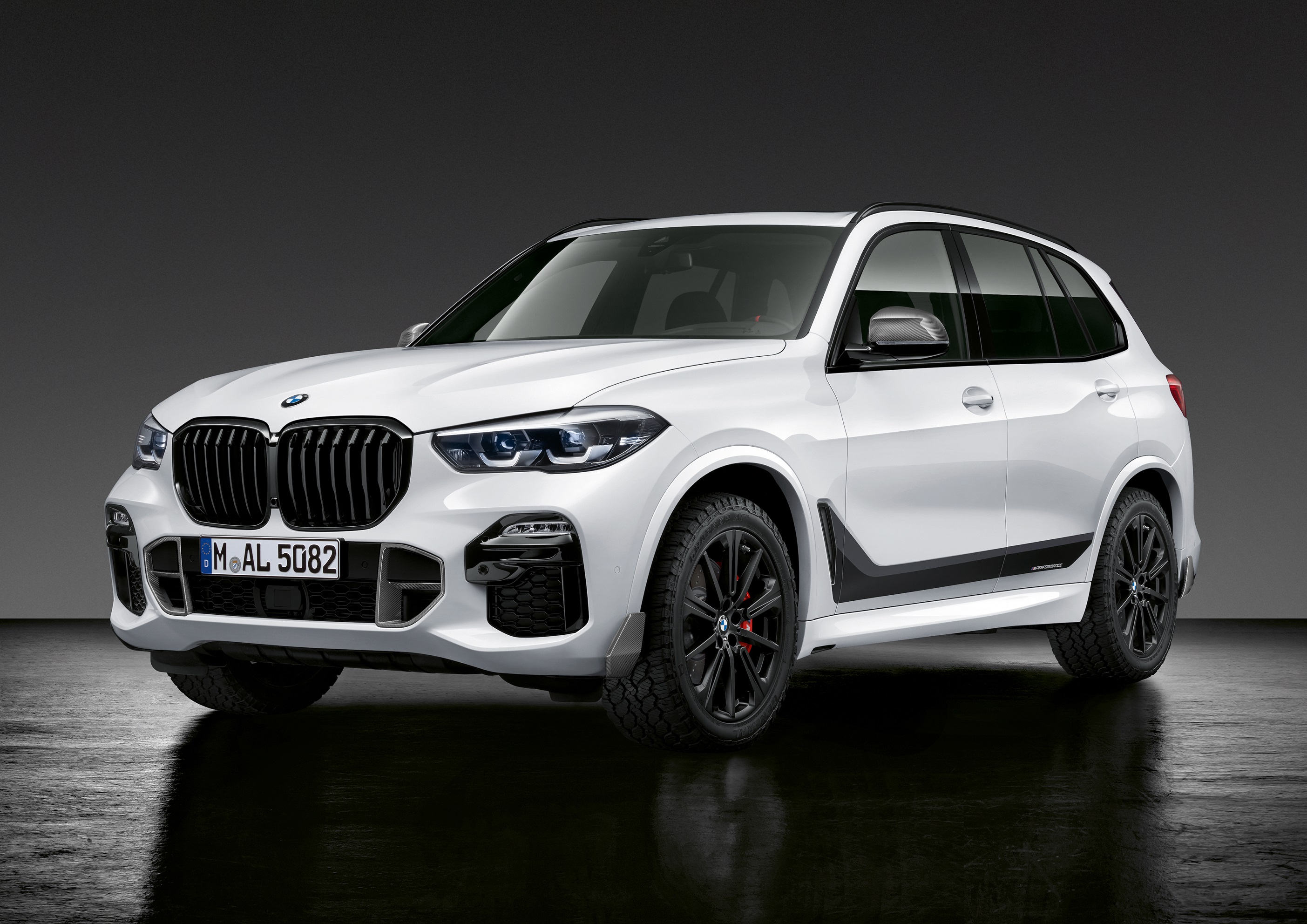
As an added option, the exterior appearance can be enhanced with BMW M Performance Genuine Parts and Accessories. The items available include a front air inlet, exterior mirror cap, front and rear winglets, and rear diffuser in carbonfibre. Side decals and side skirt films in Frozen Black are also available, as well as wheels in Star Spoke Jet Black Matte.
Buying the new X5
With the Balloon Financing Plan from BMW Group Financial Services Malaysia, the X5 xDrive45e M Sport can be owned with a monthly instalment plan starting from RM5,028.00 (based on estimates of an 80% loan on a 5-year tenure).
Every X5 owner will receive the complete BMW Group Malaysia Premium Ownership experience which includes a 5-Year Unlimited Mileage Warranty with Free Scheduled Service Programme, 8-Year/160,000-km Battery Warranty (whichever comes first), 2-Year/24 Month Tyre Warranty Programme (for Run Flat Tyres), BMW Roadside Assistance and Accident Support, BMW Group Loyalty+ Mobile App – BMW White Card, and BMW Service Online.
The X5 xDrive45e M Sport will be in showrooms of all authorised BMW dealerships nationwide from June 20, 2020. Alternatively, from the comfort of the home, interested customers can visit BMW Shop Online for information and to make a booking.
BMW Group Malaysia extends BMW and MINI PHEV battery pack warranties


